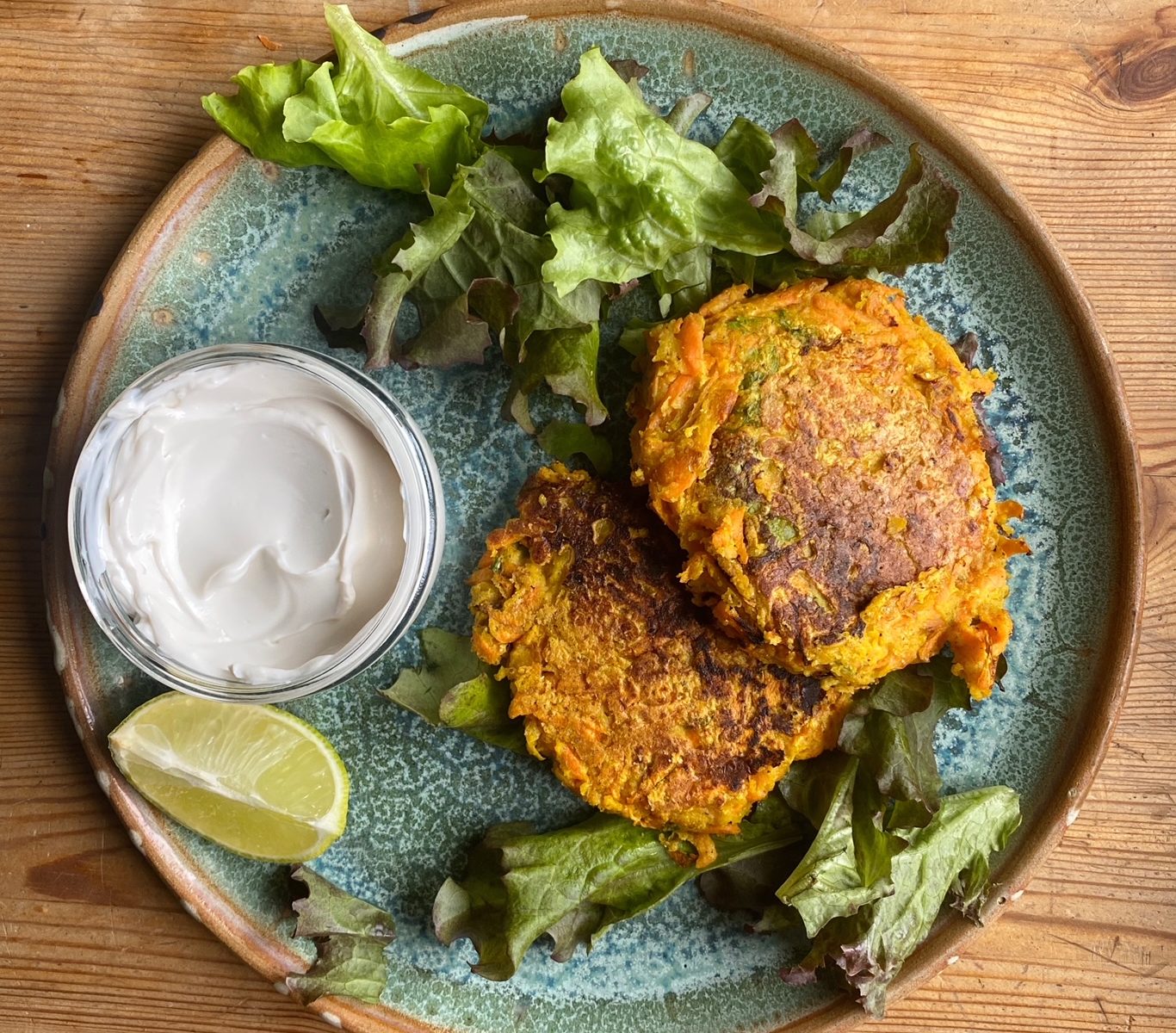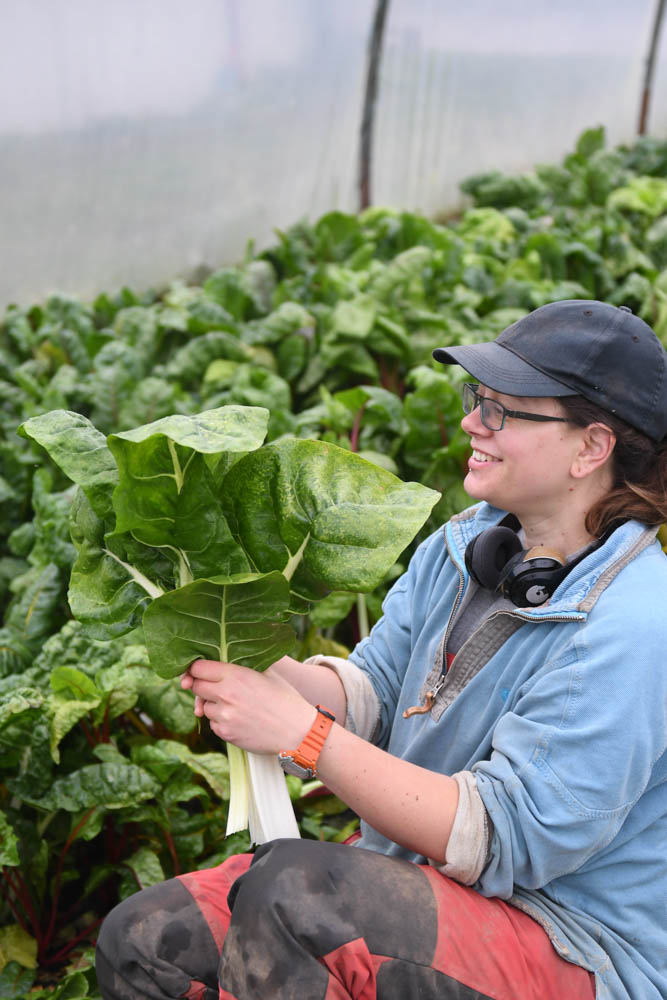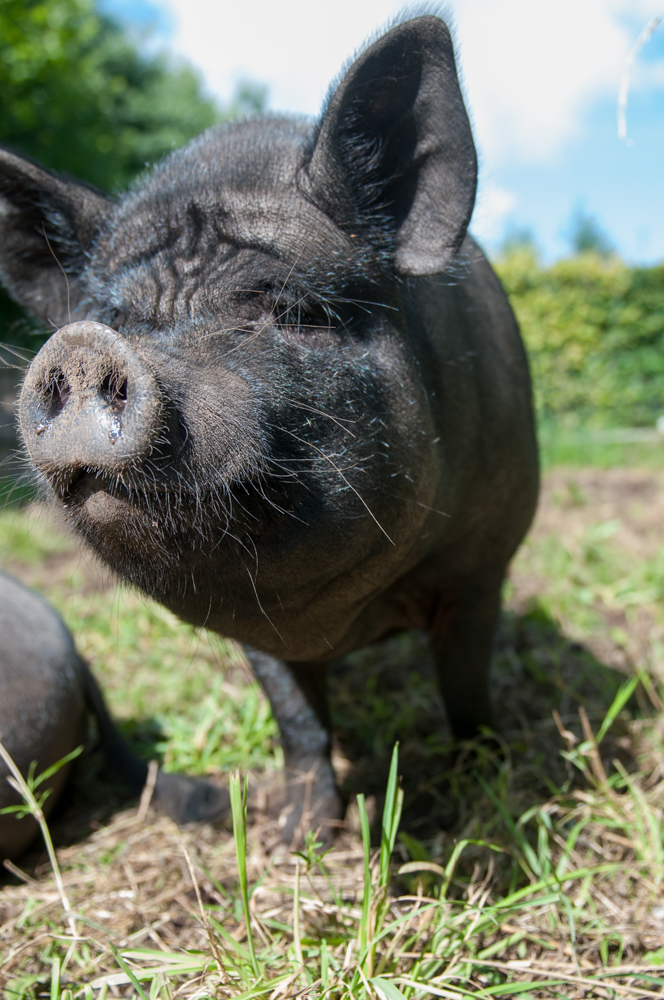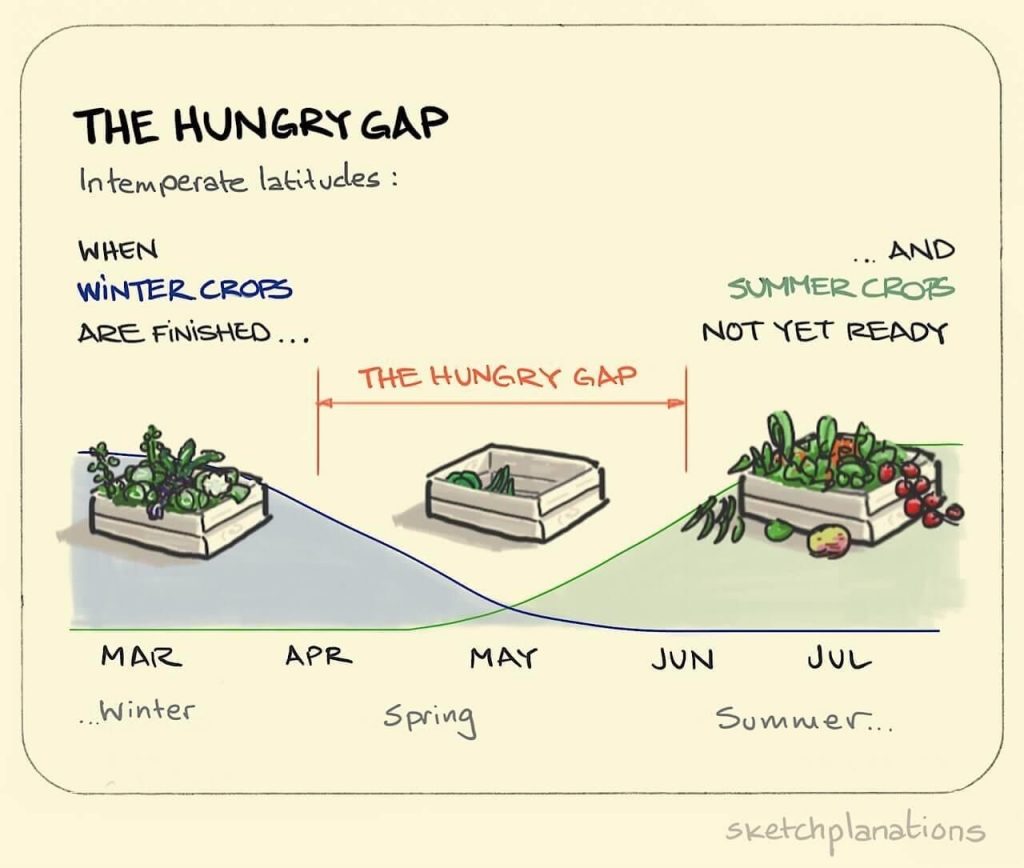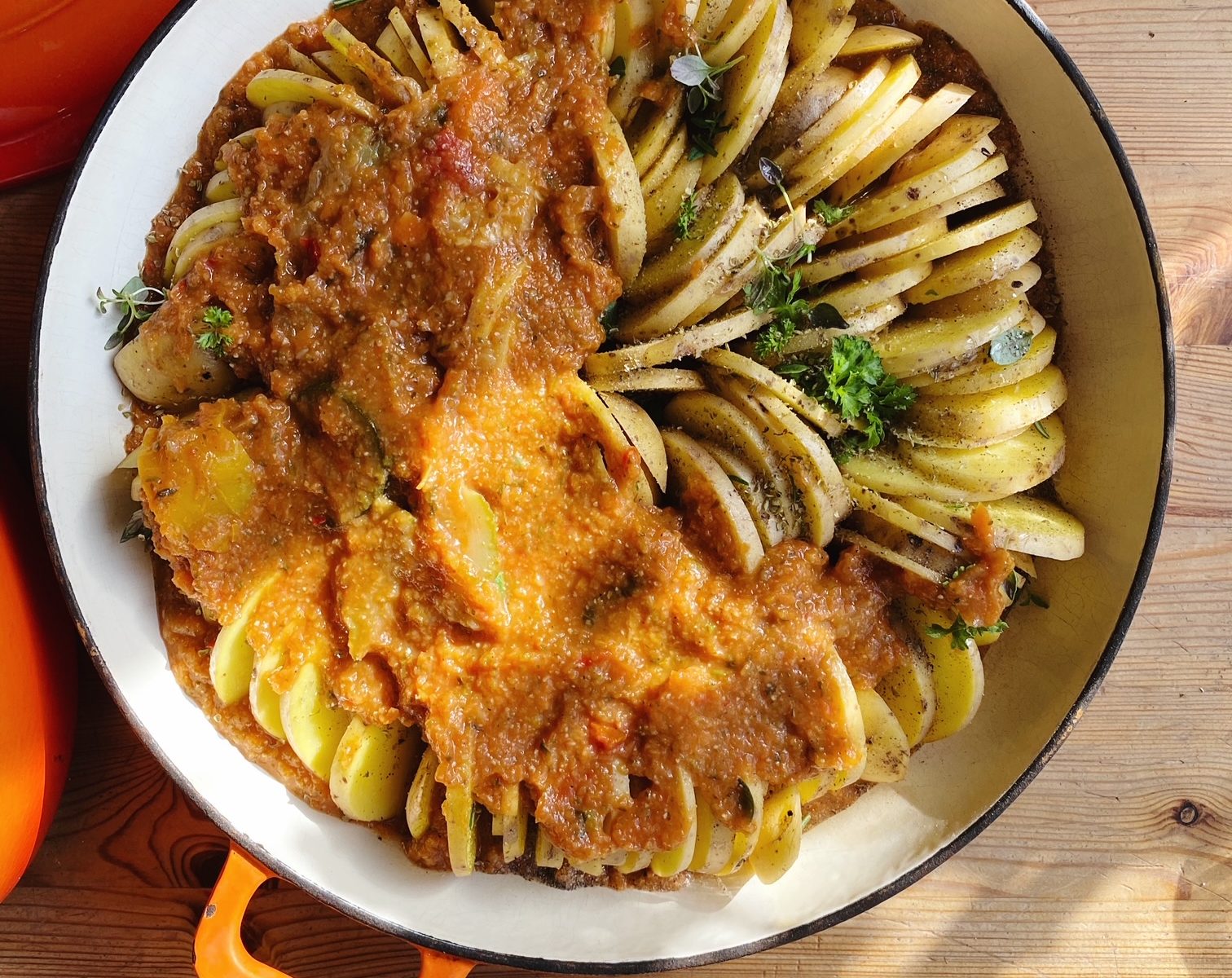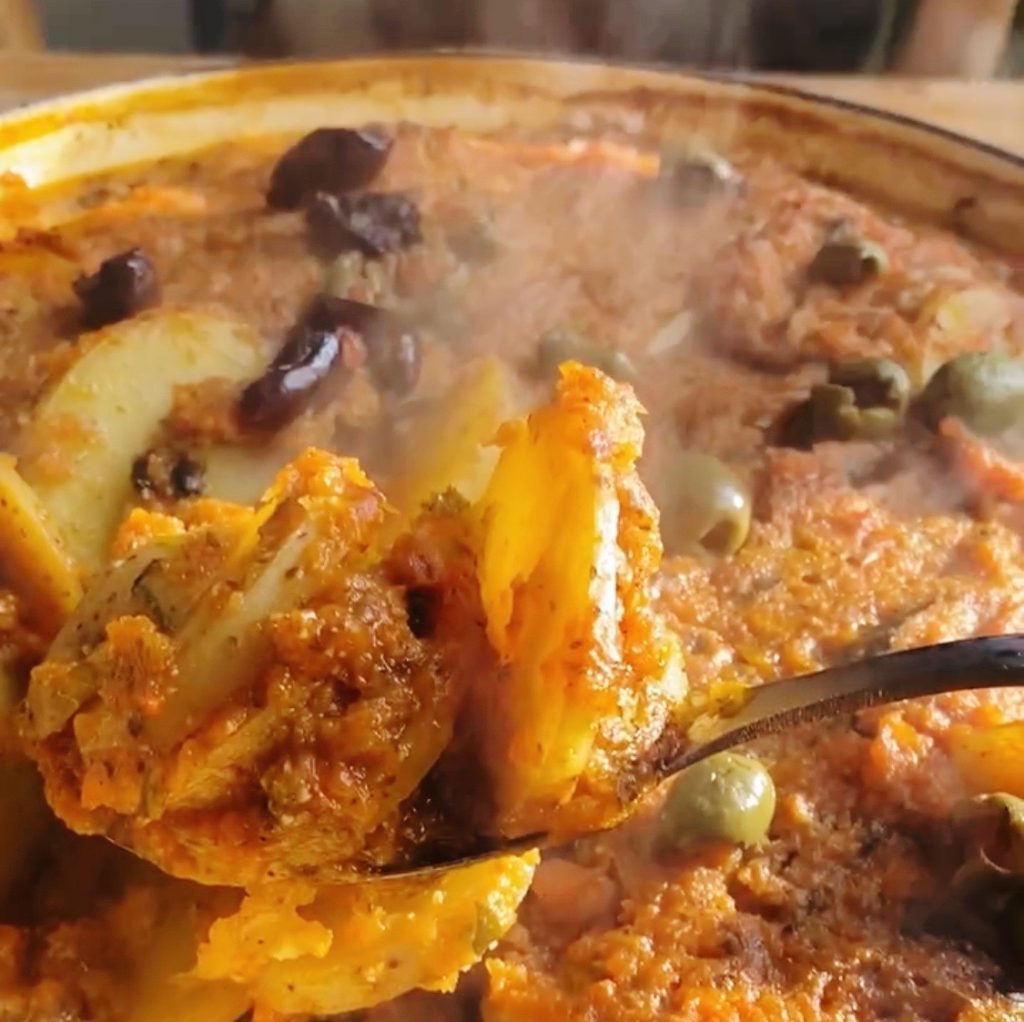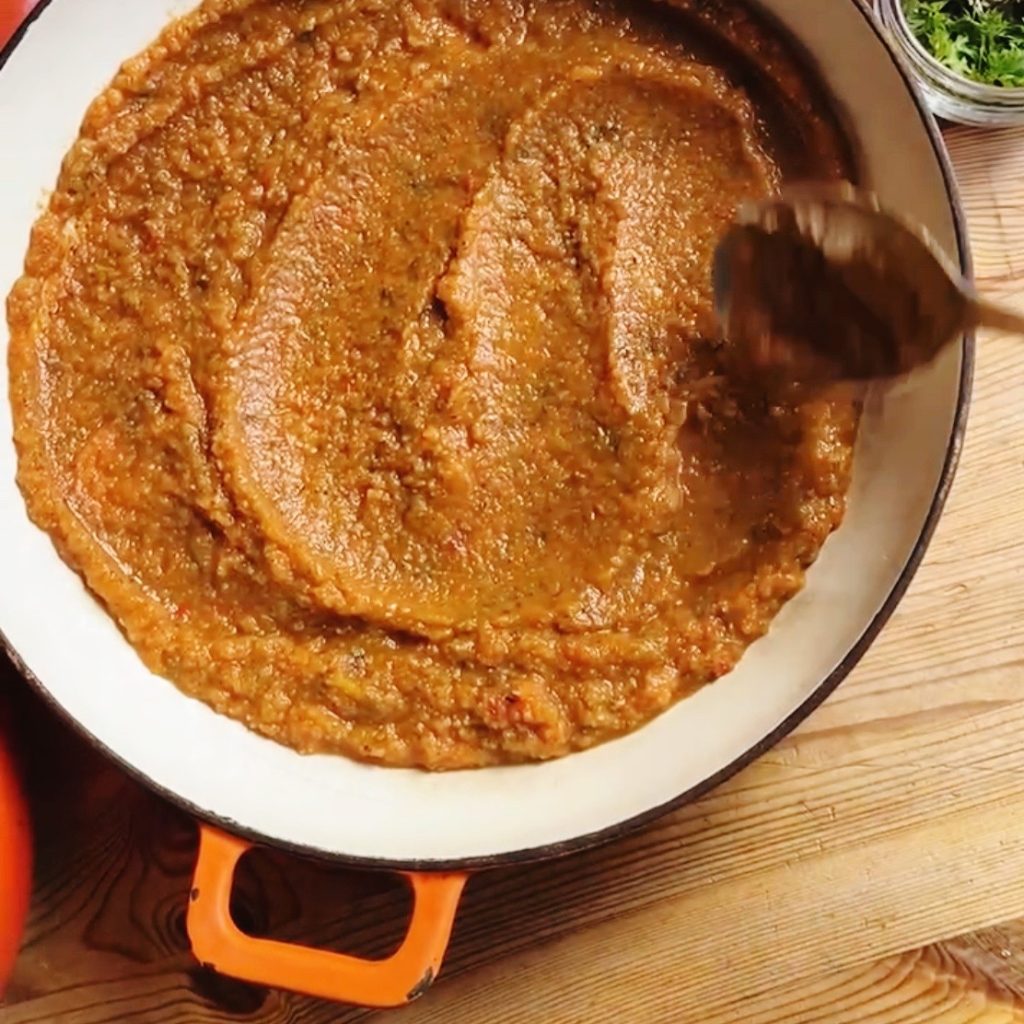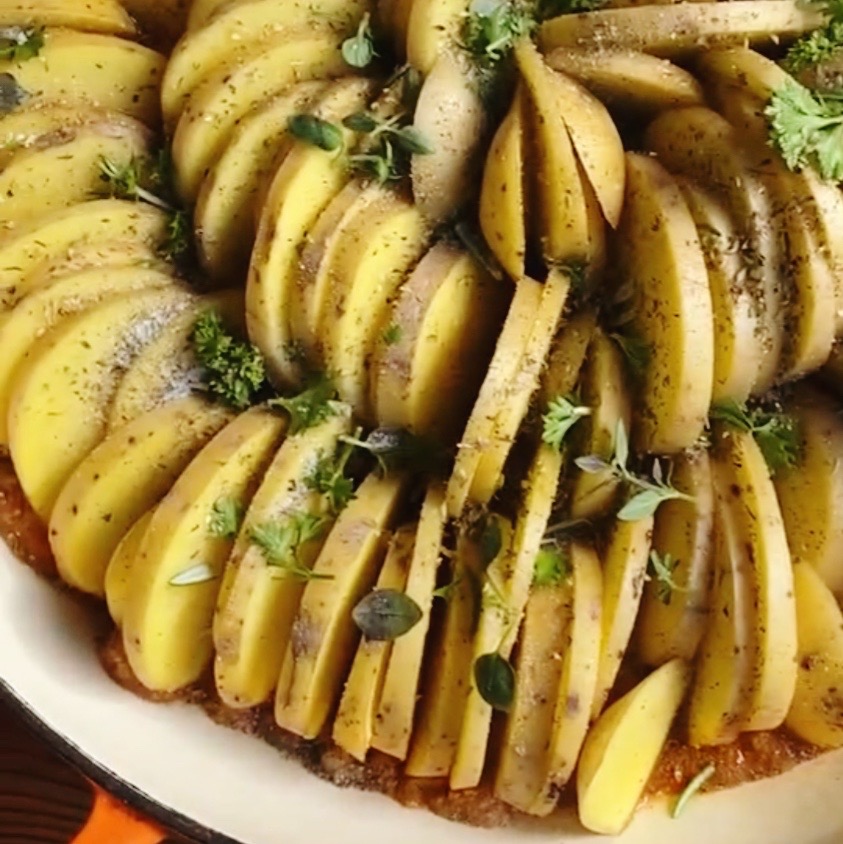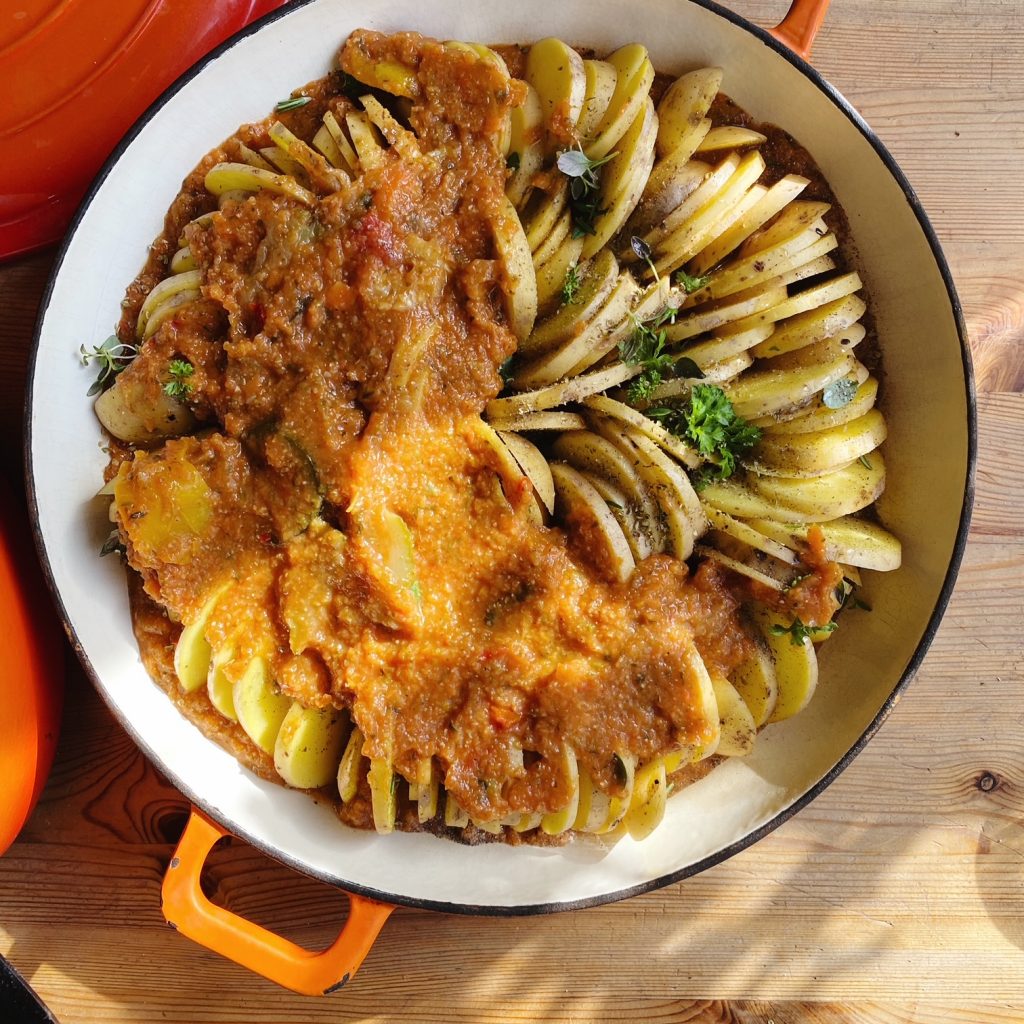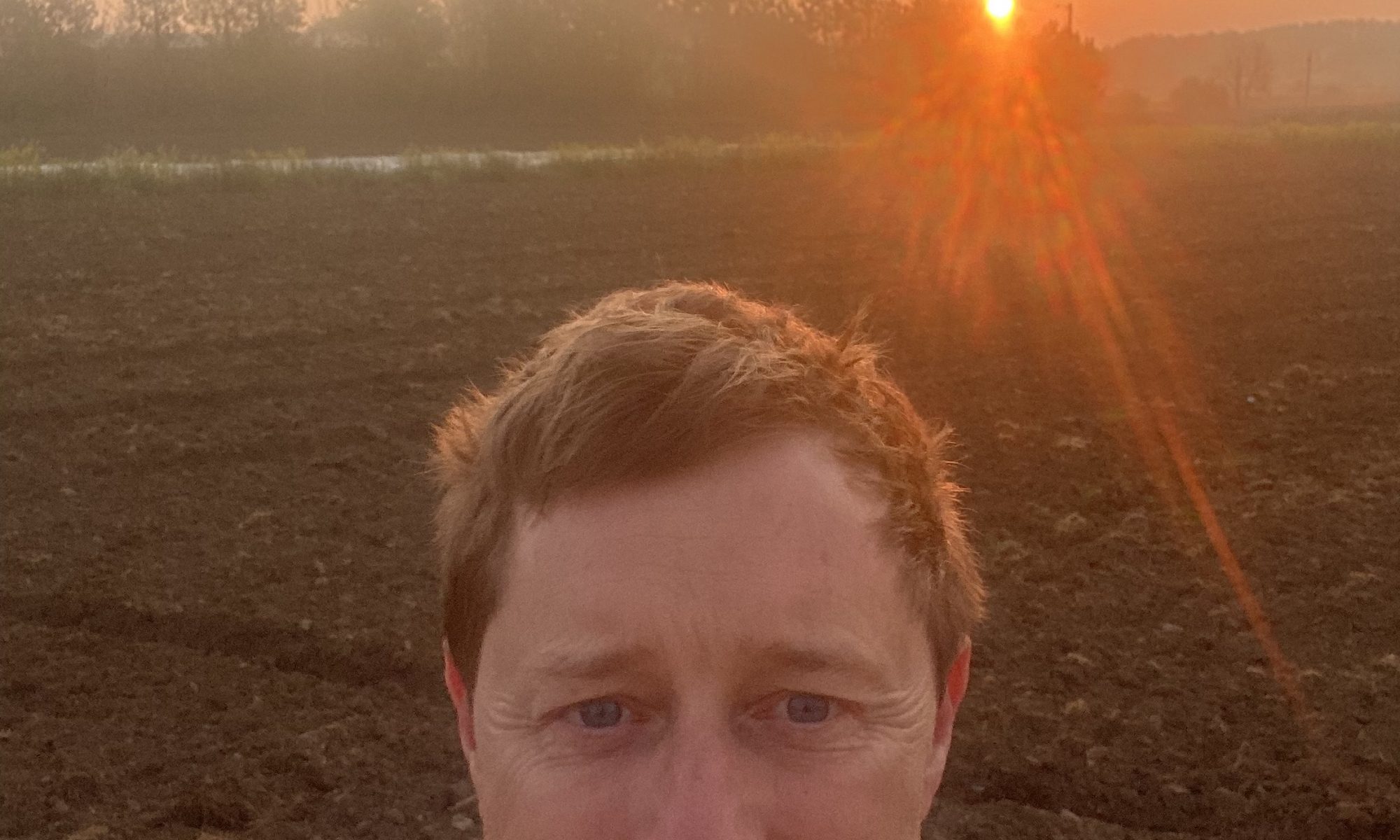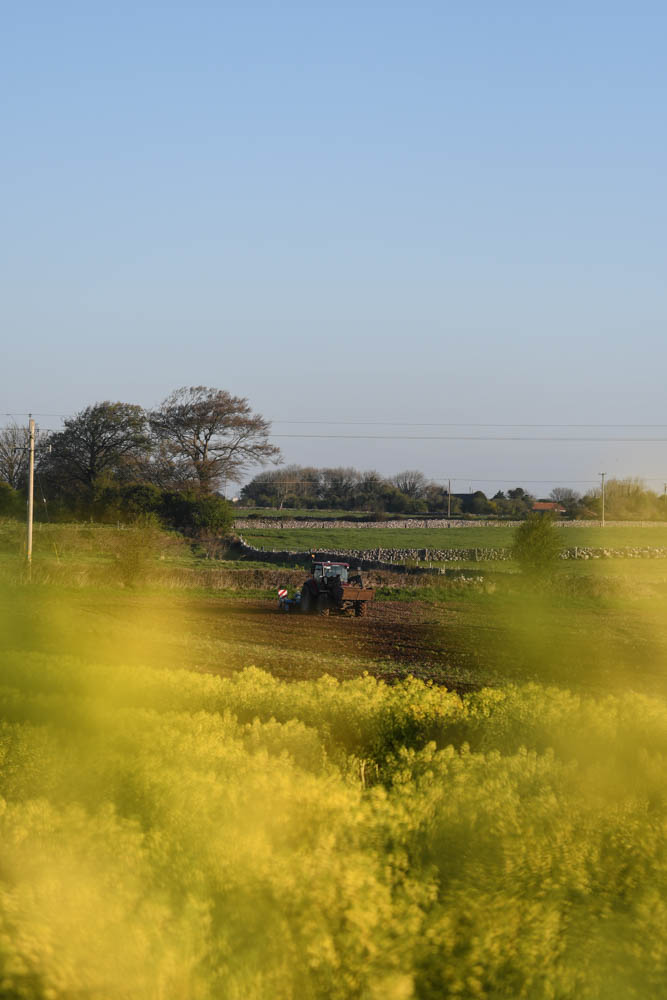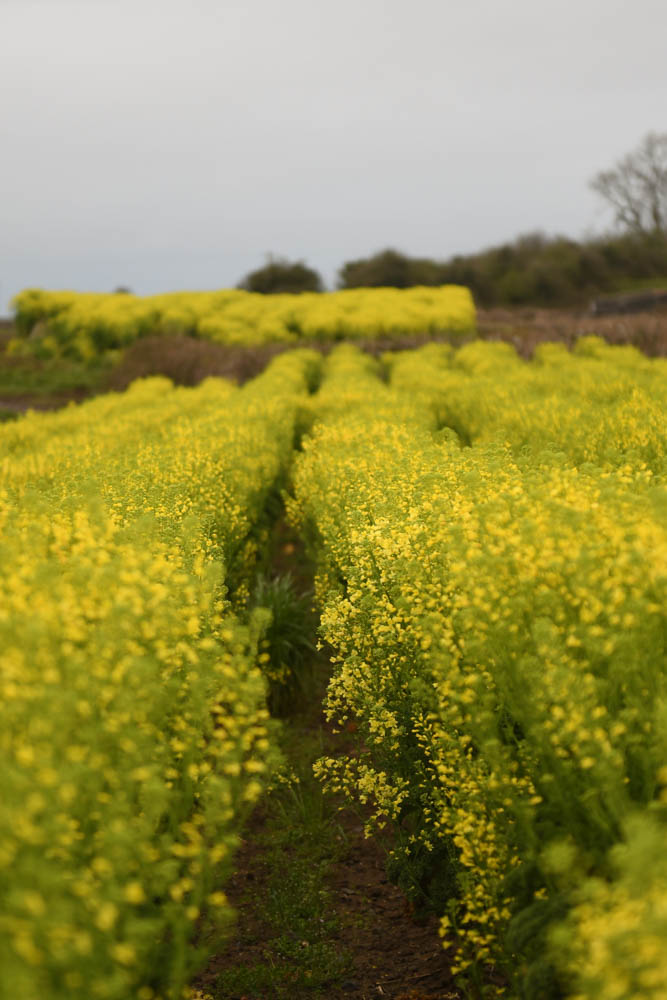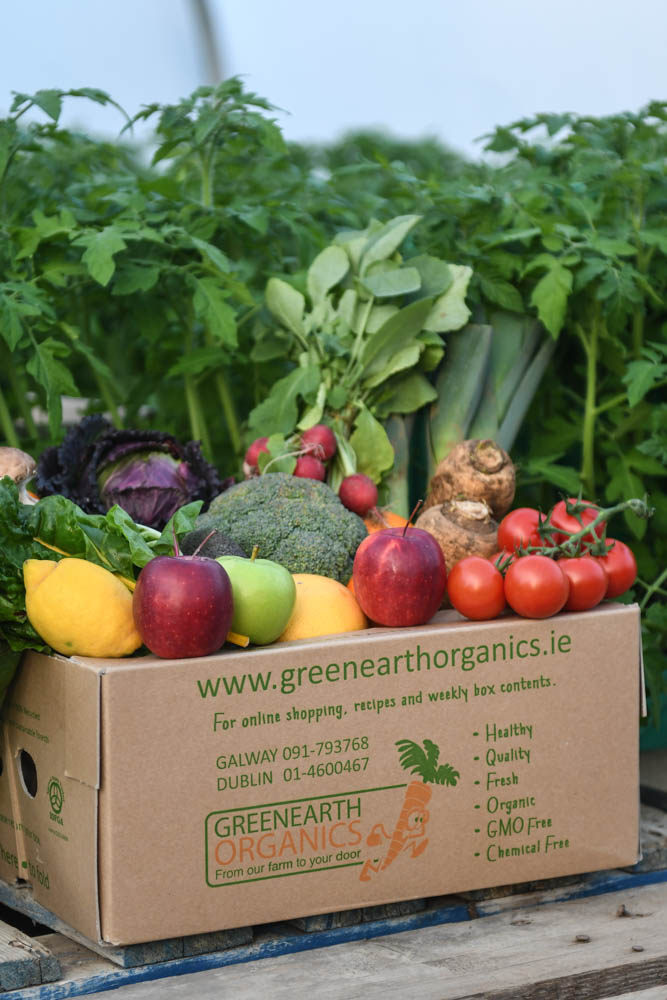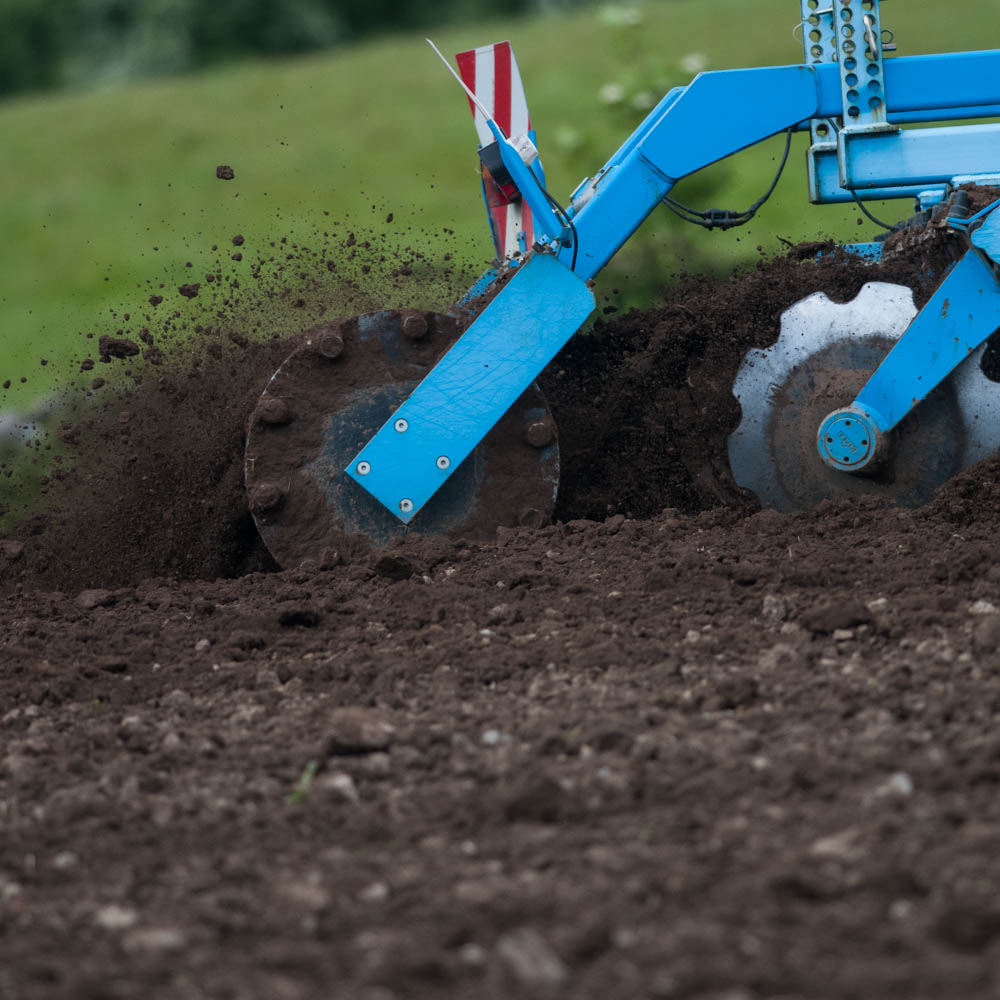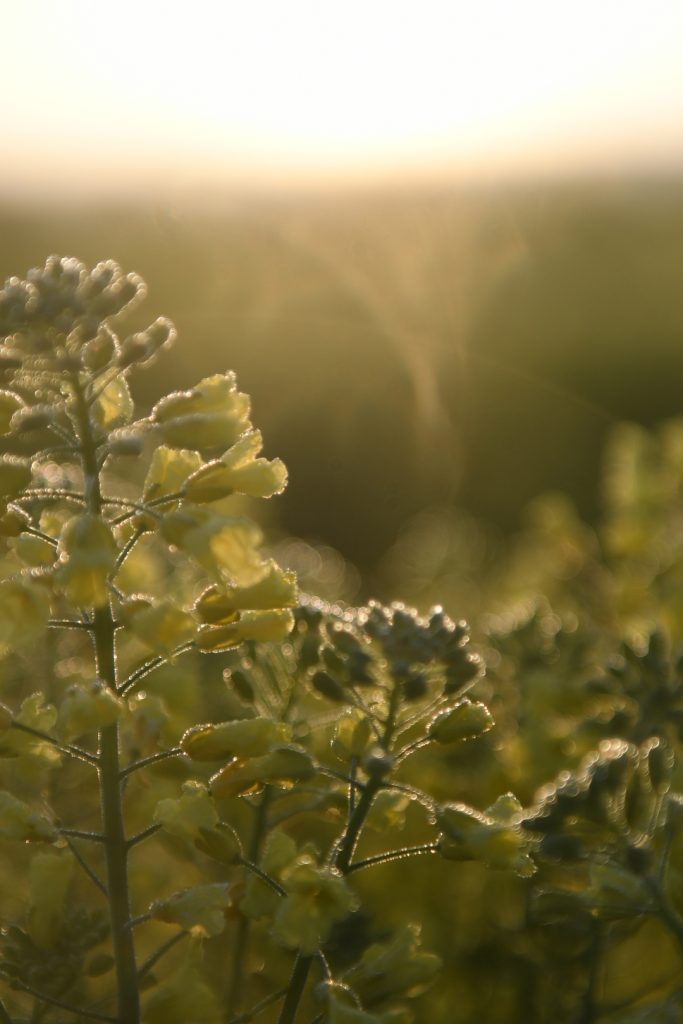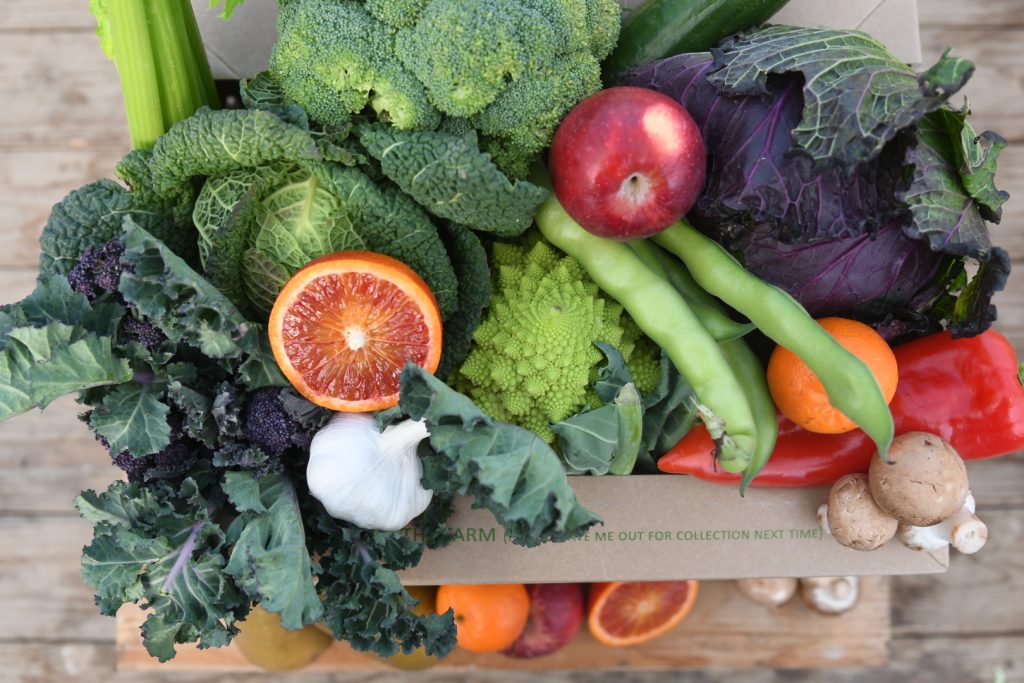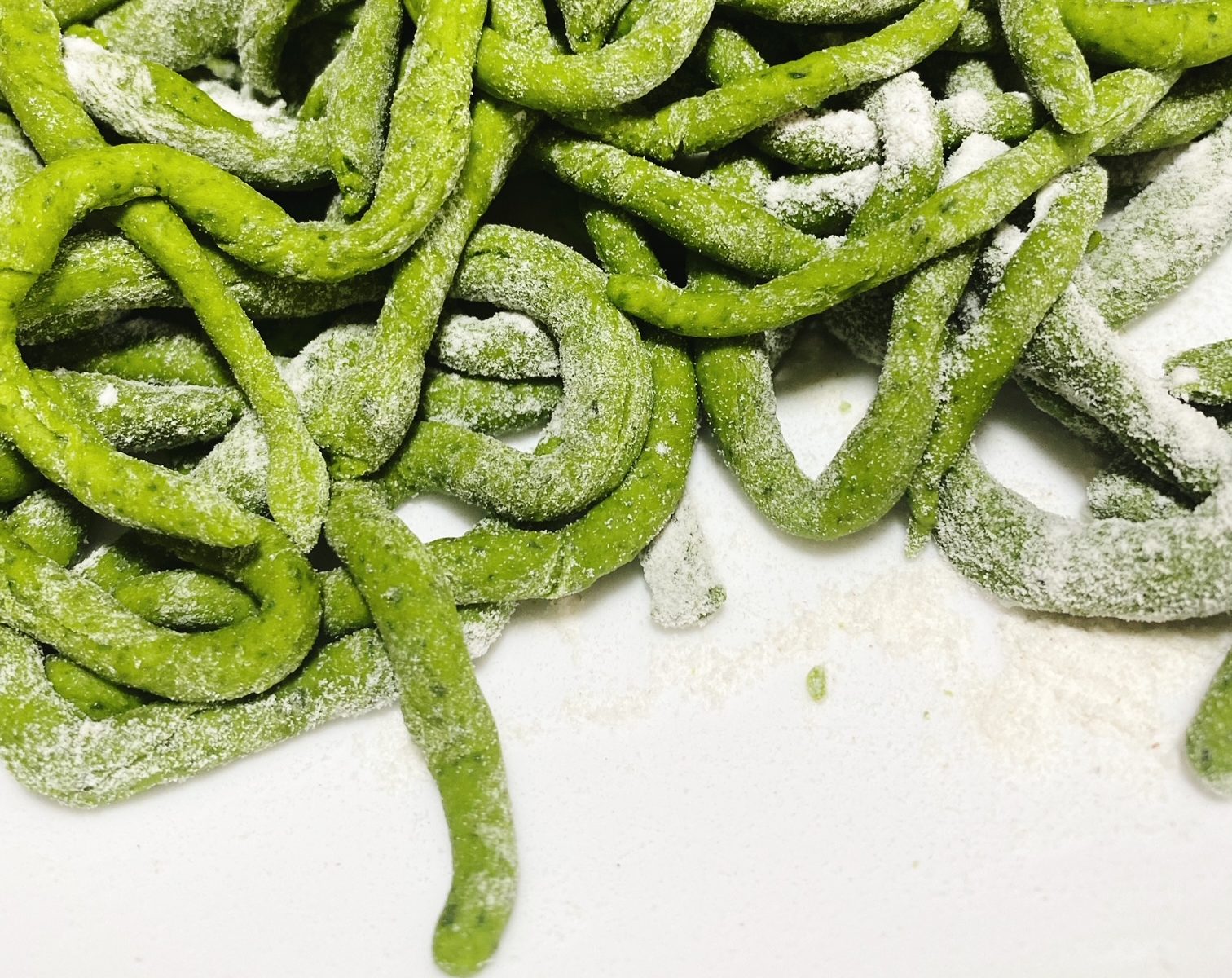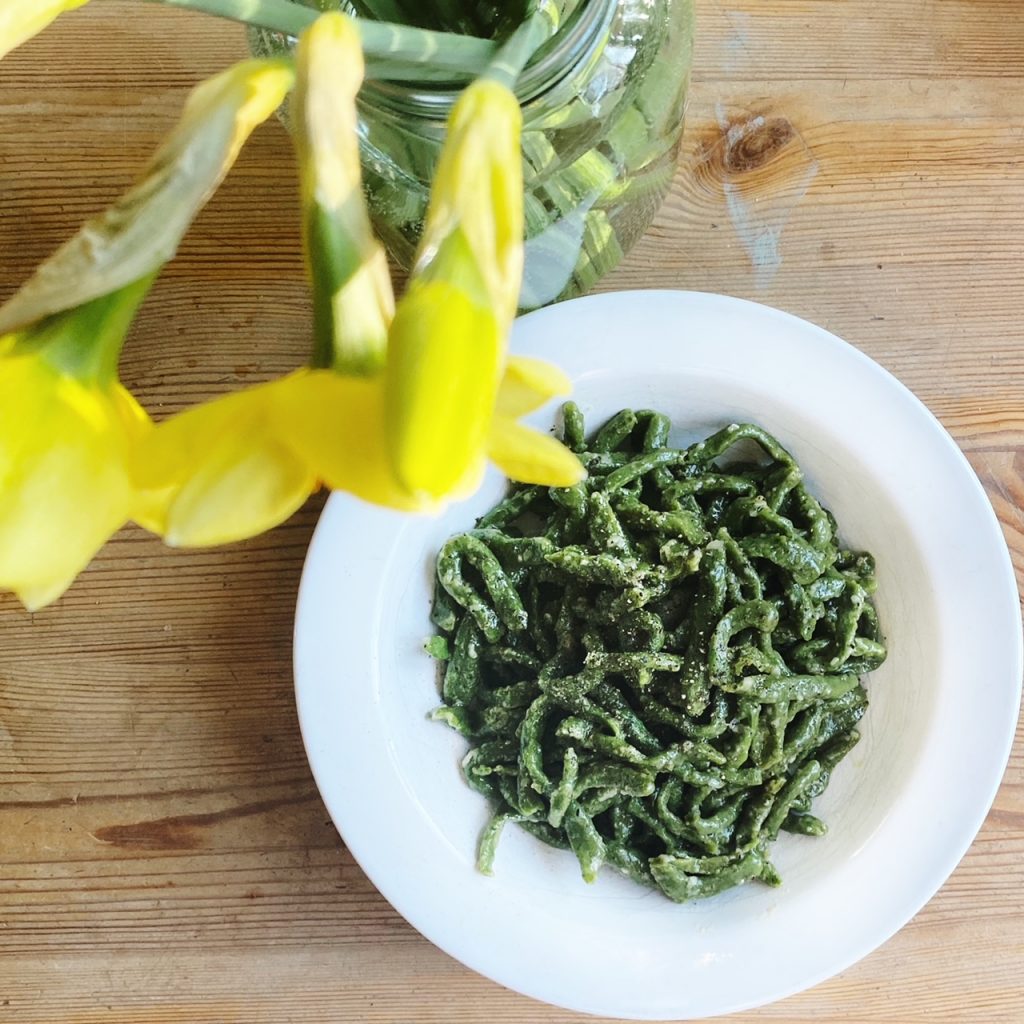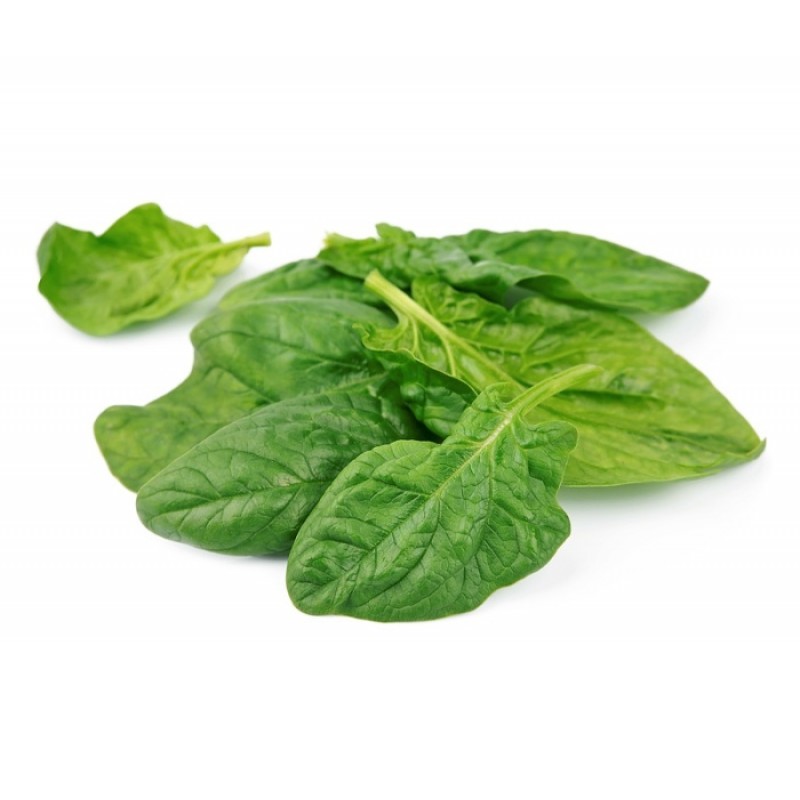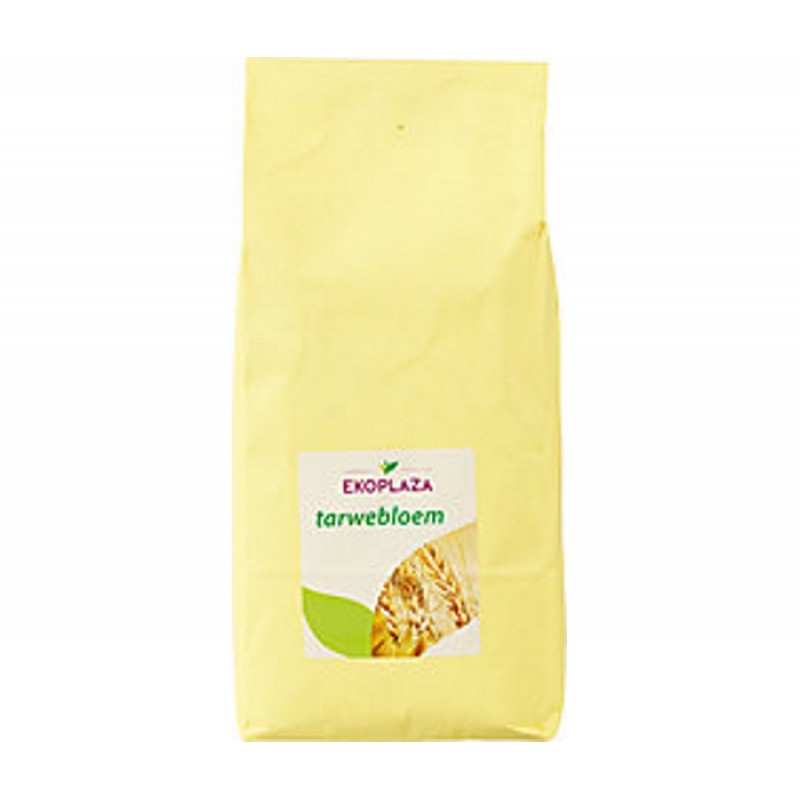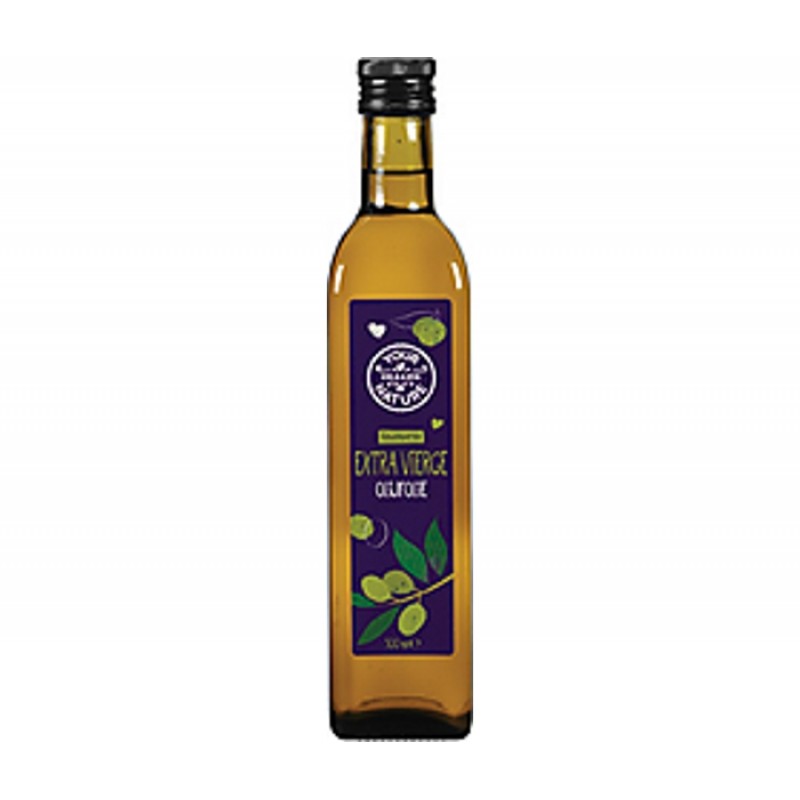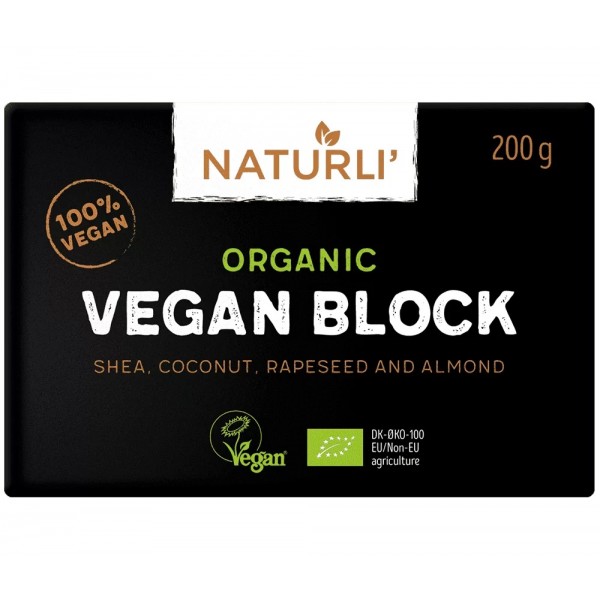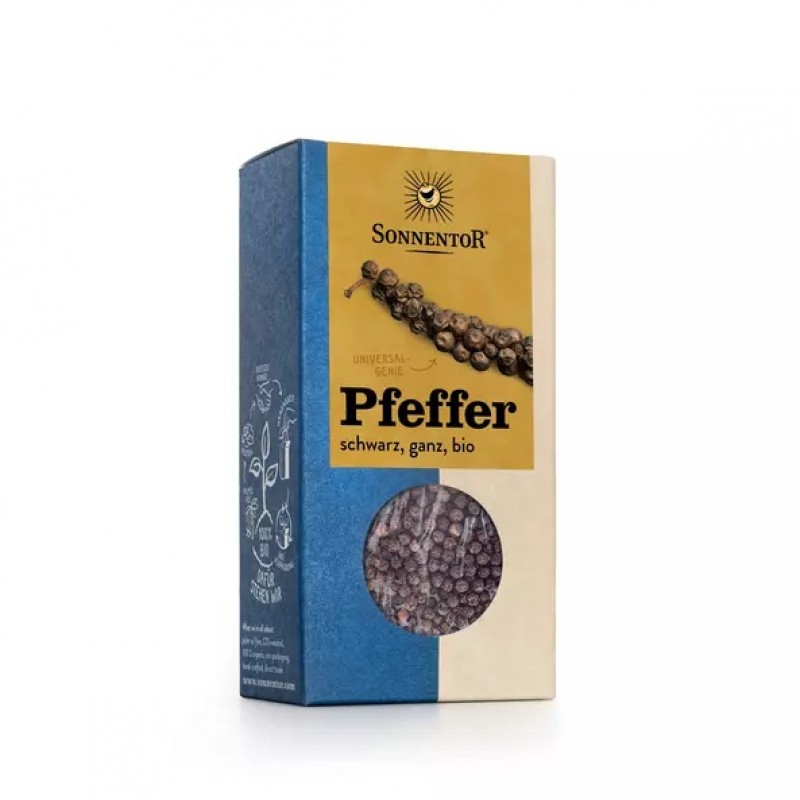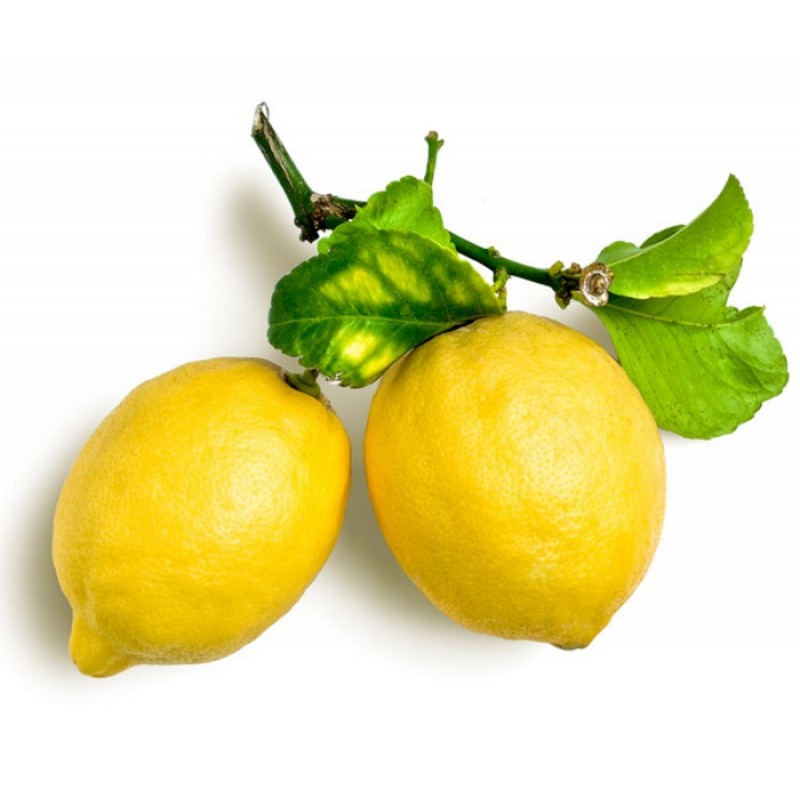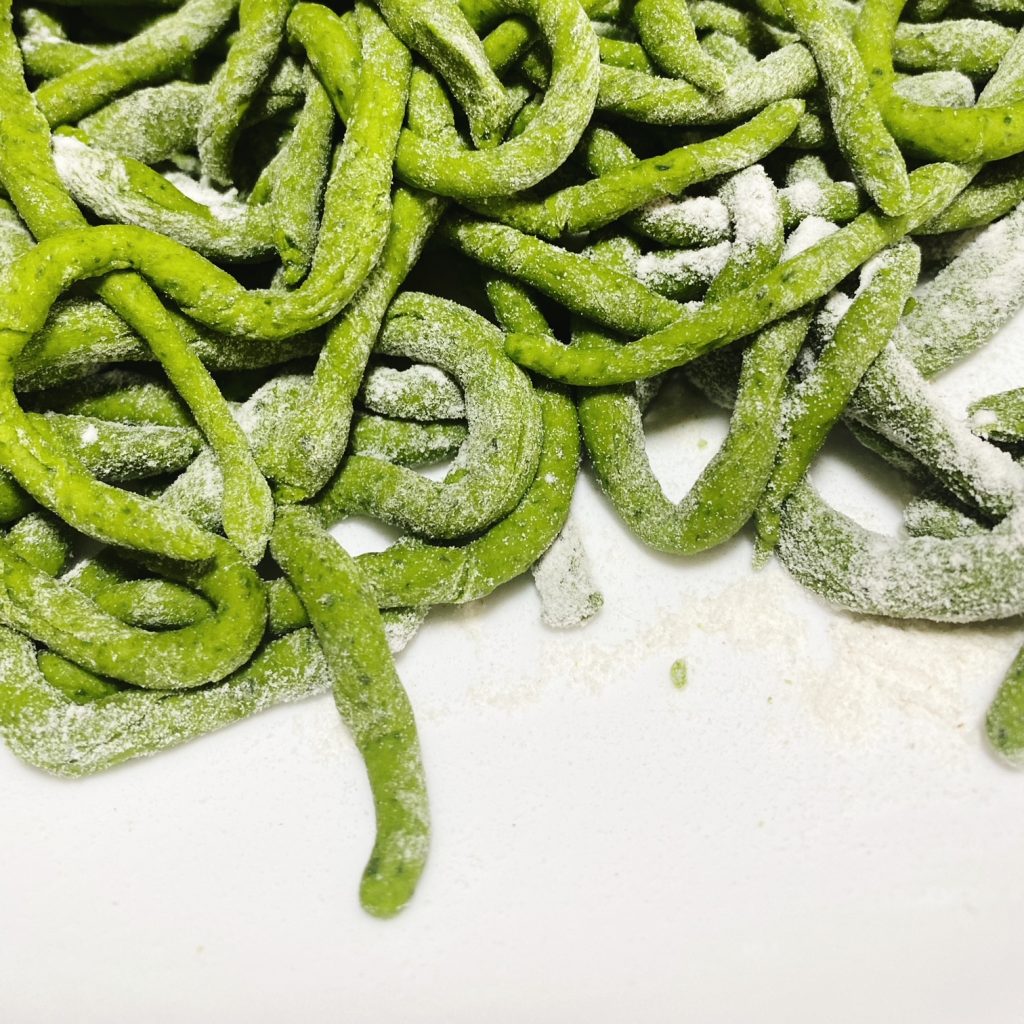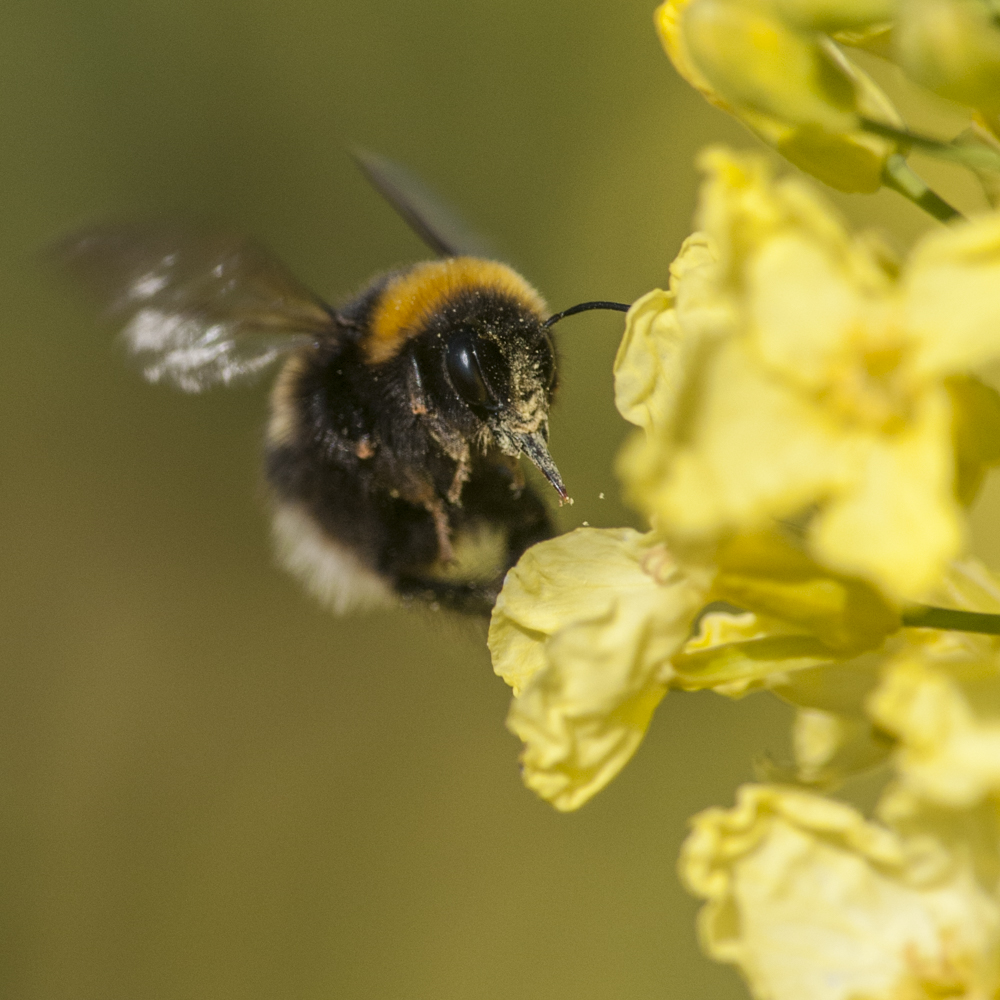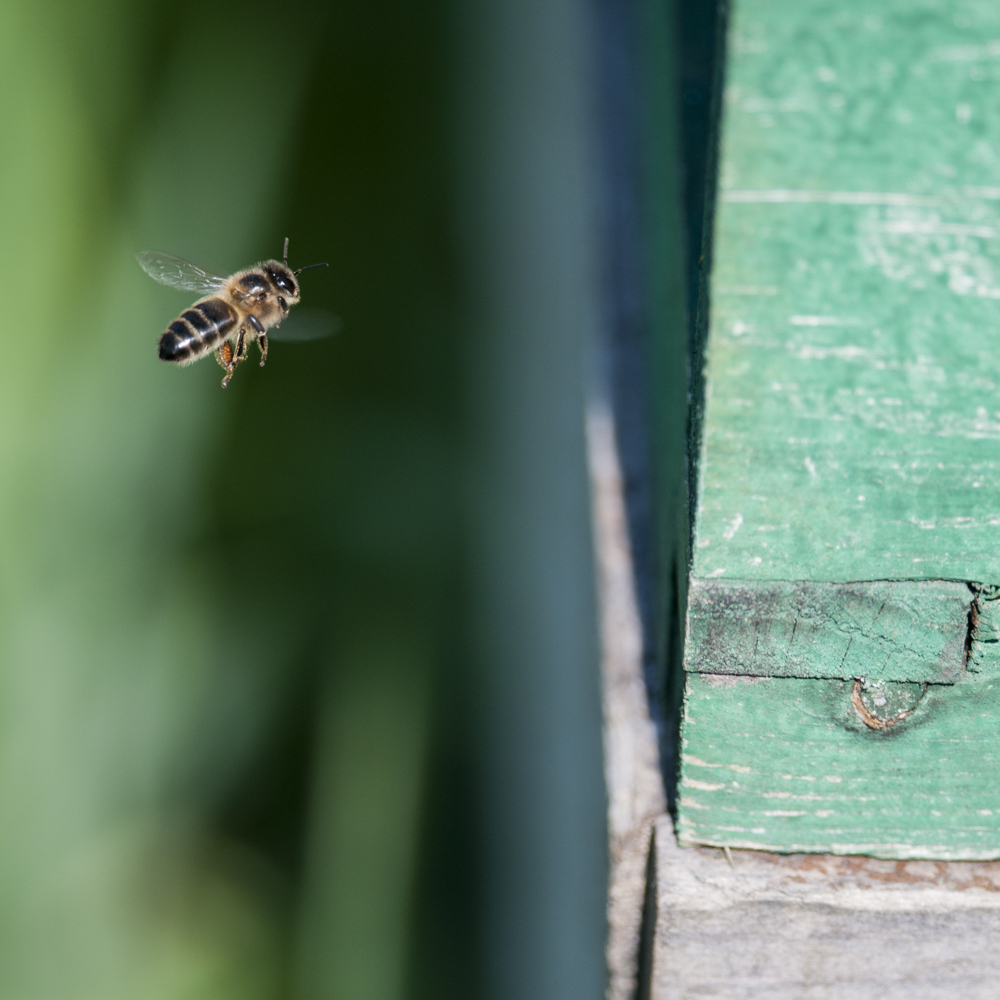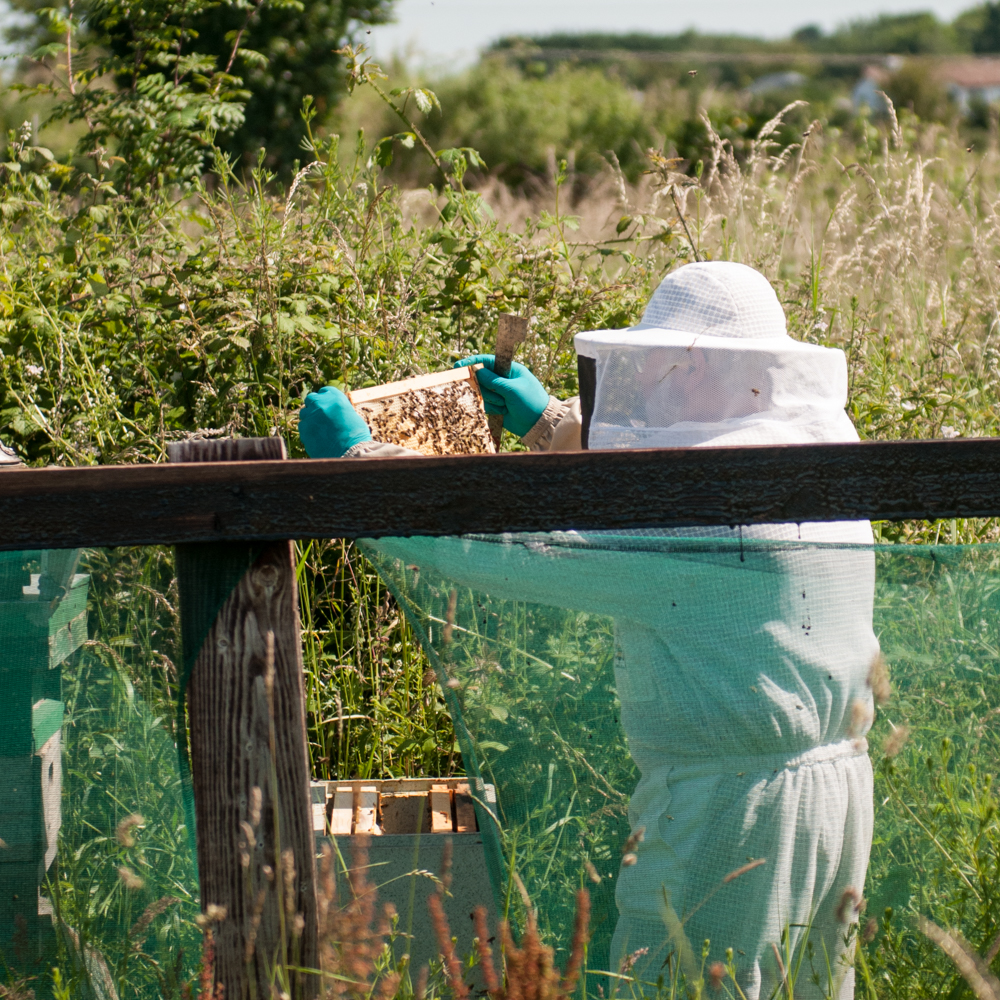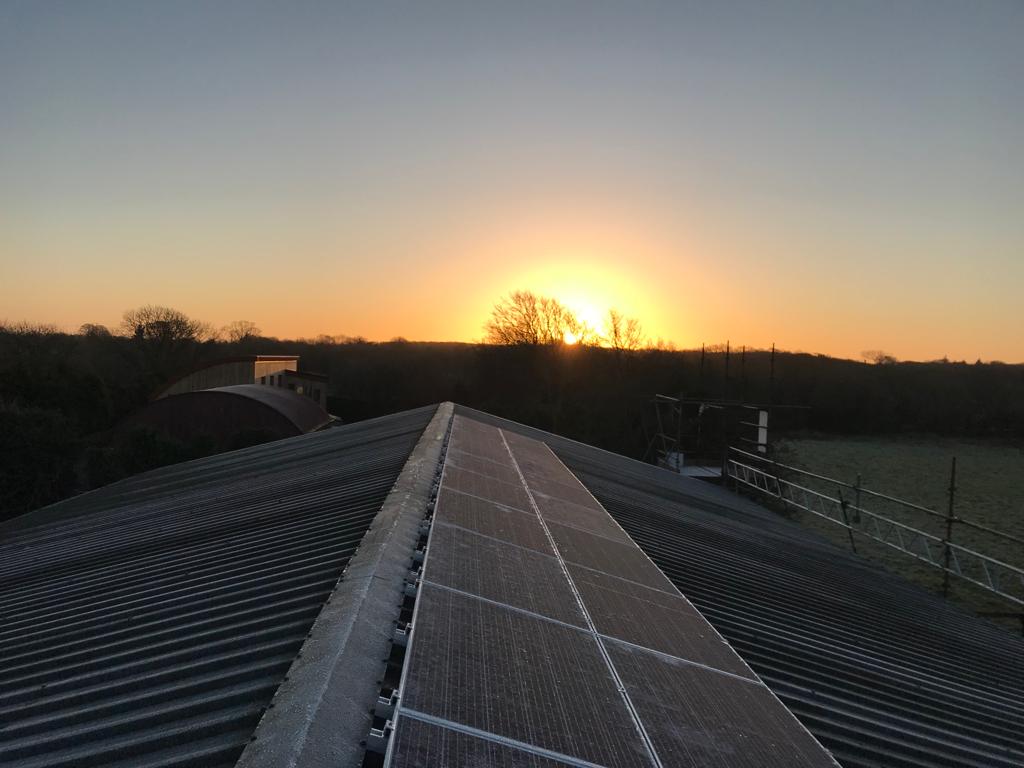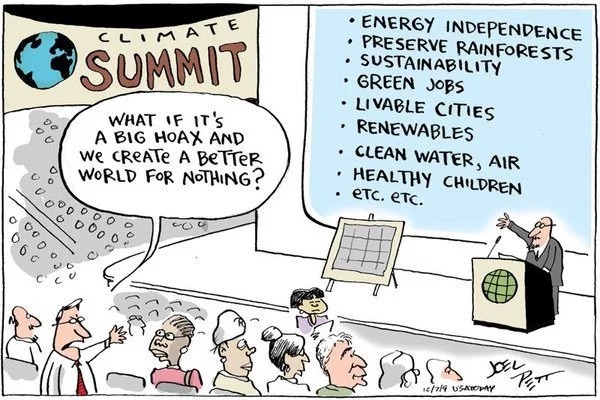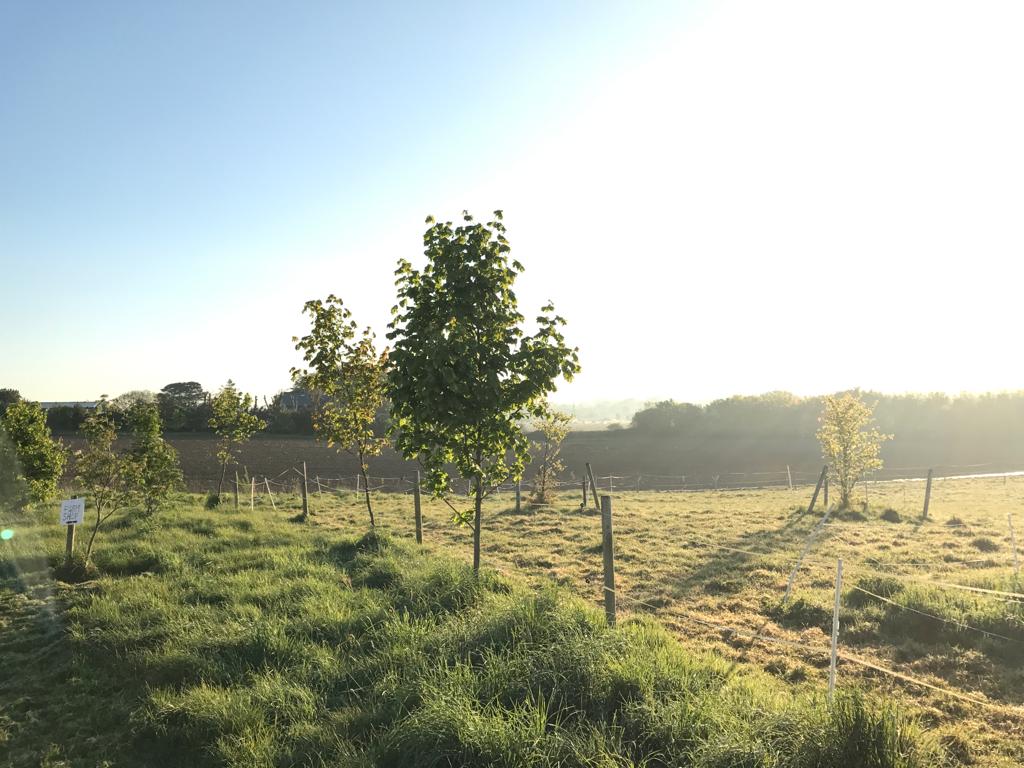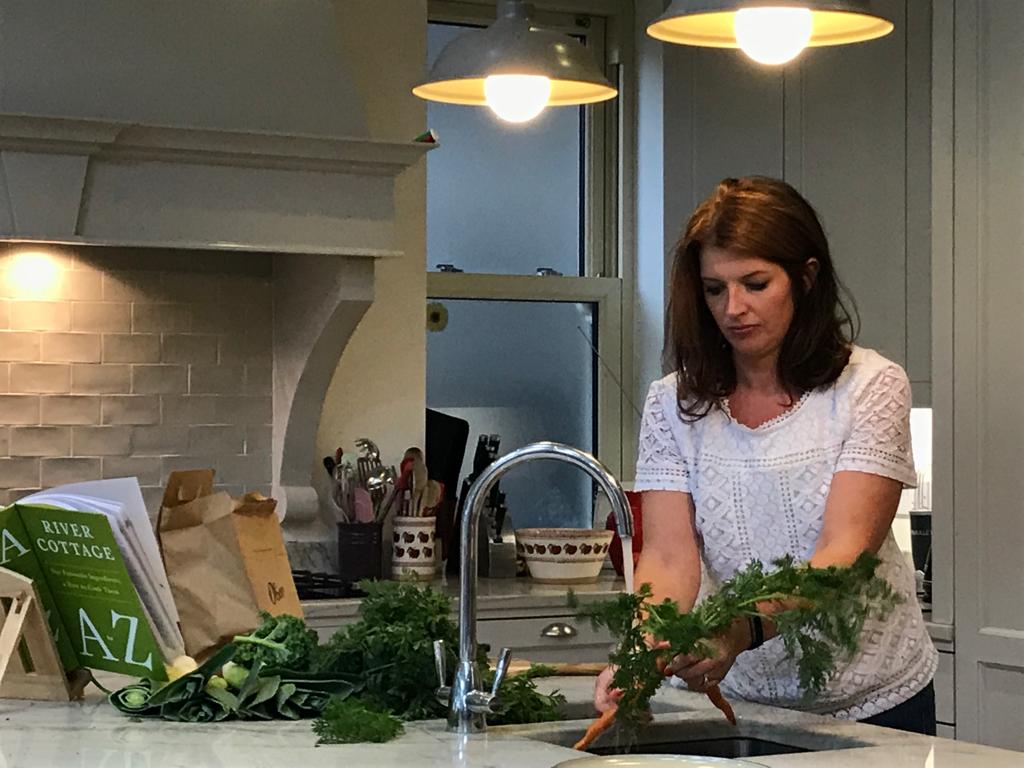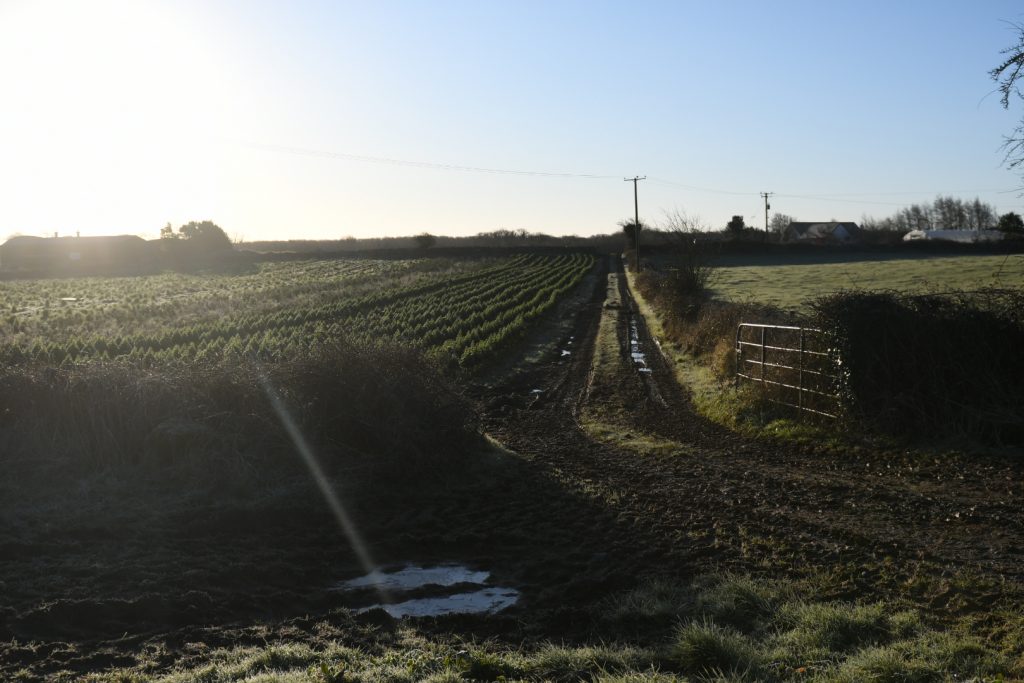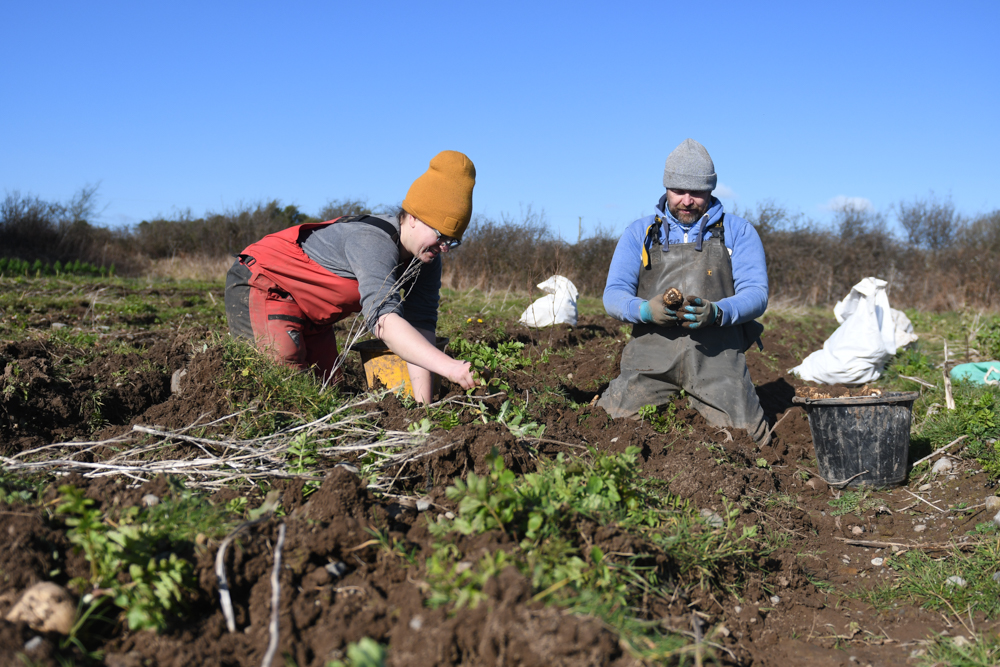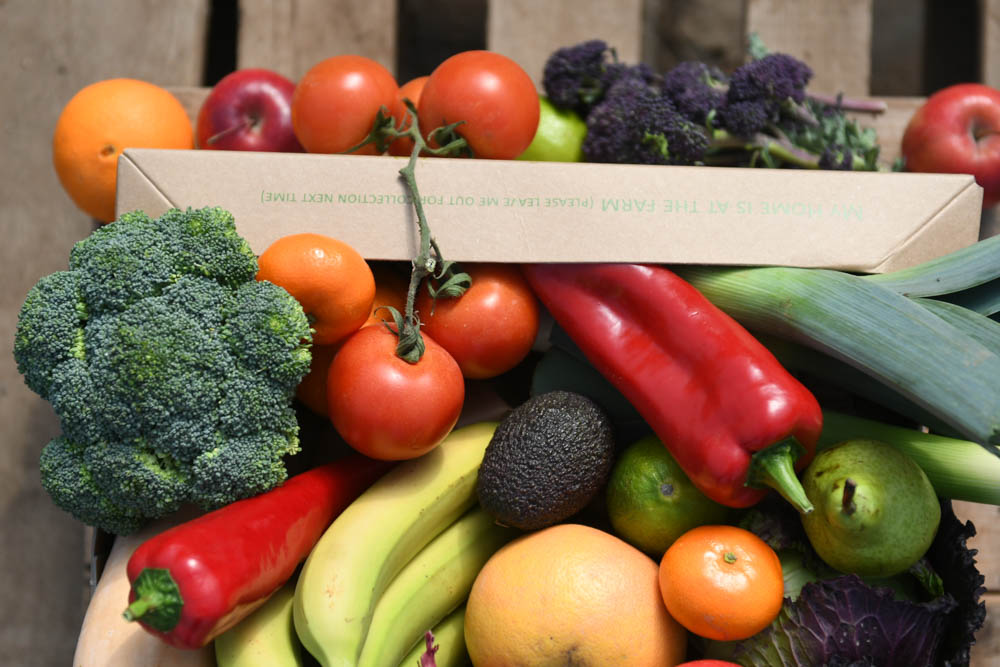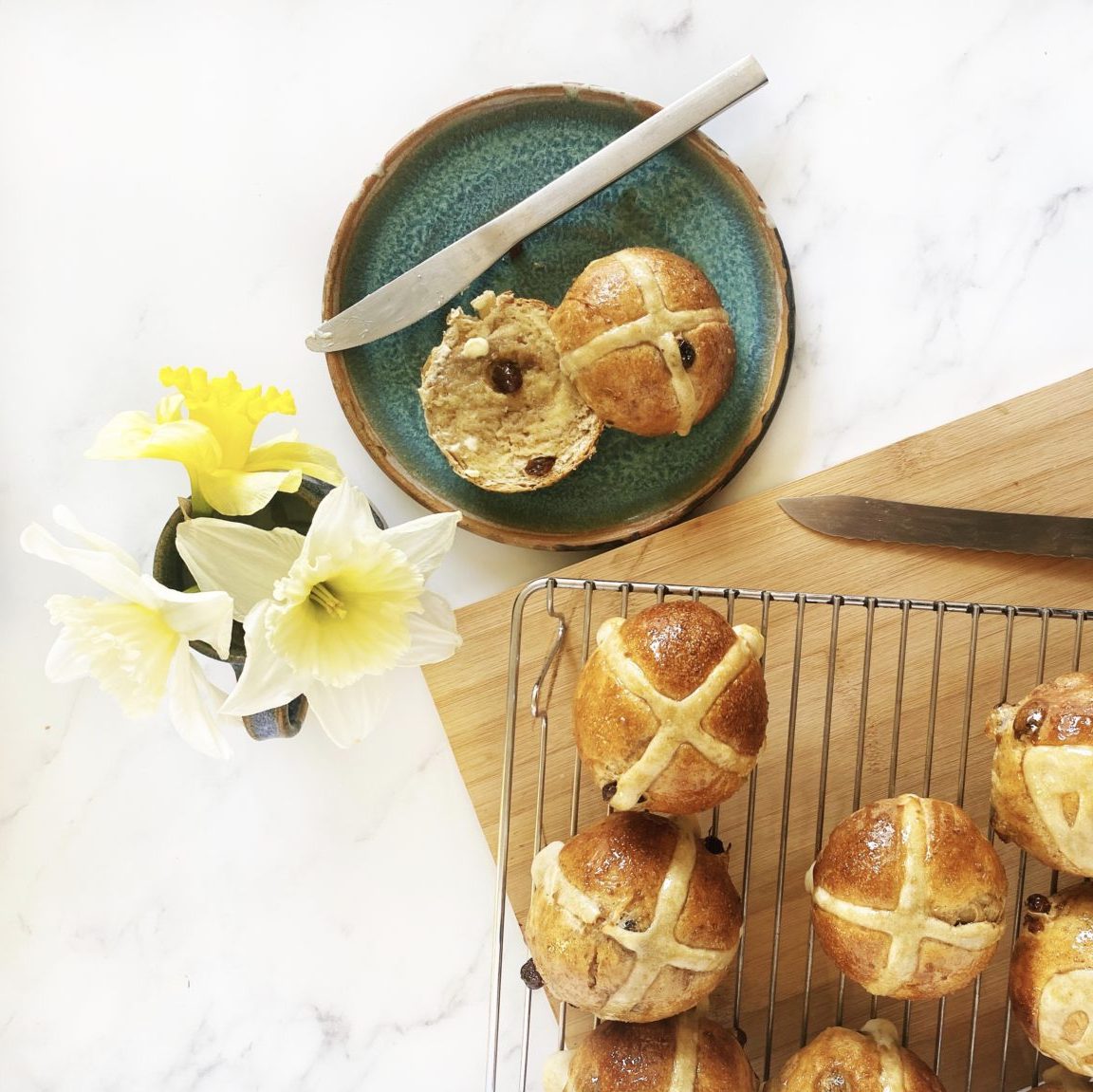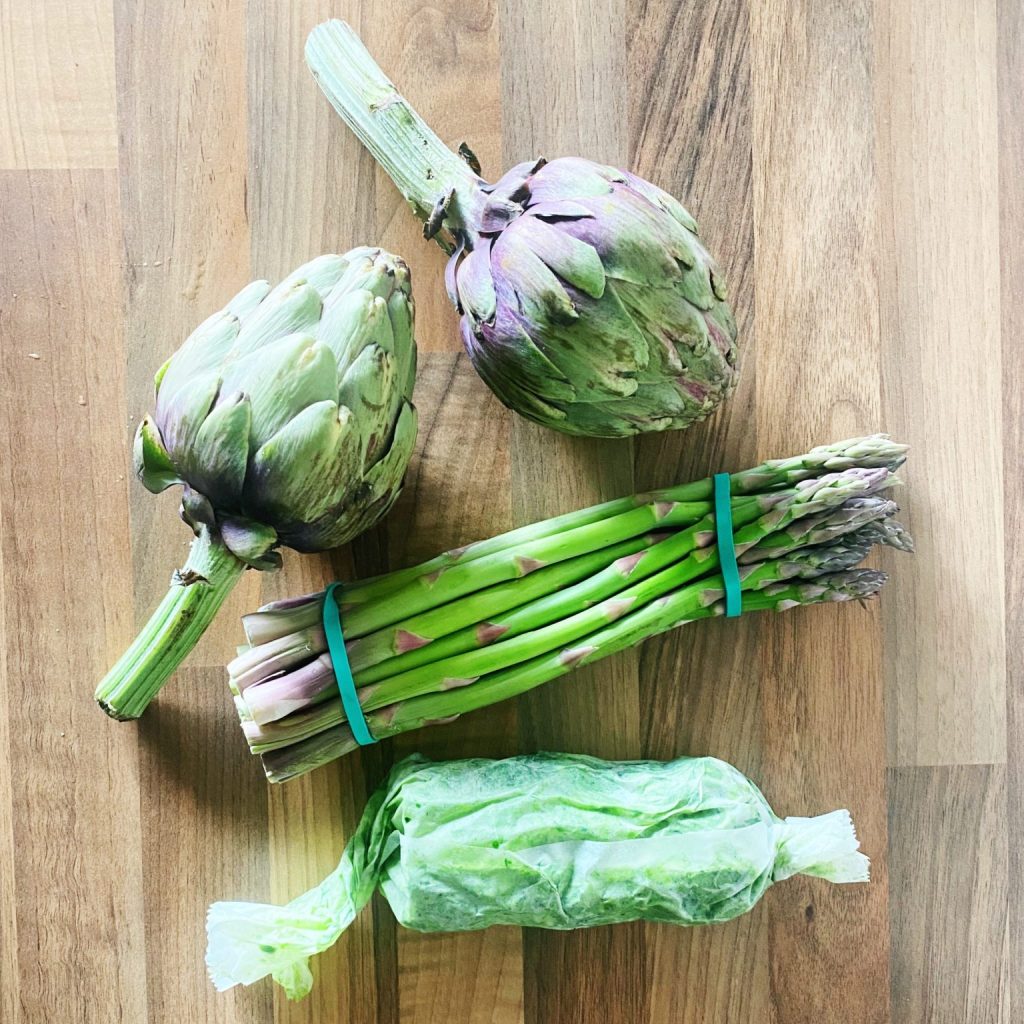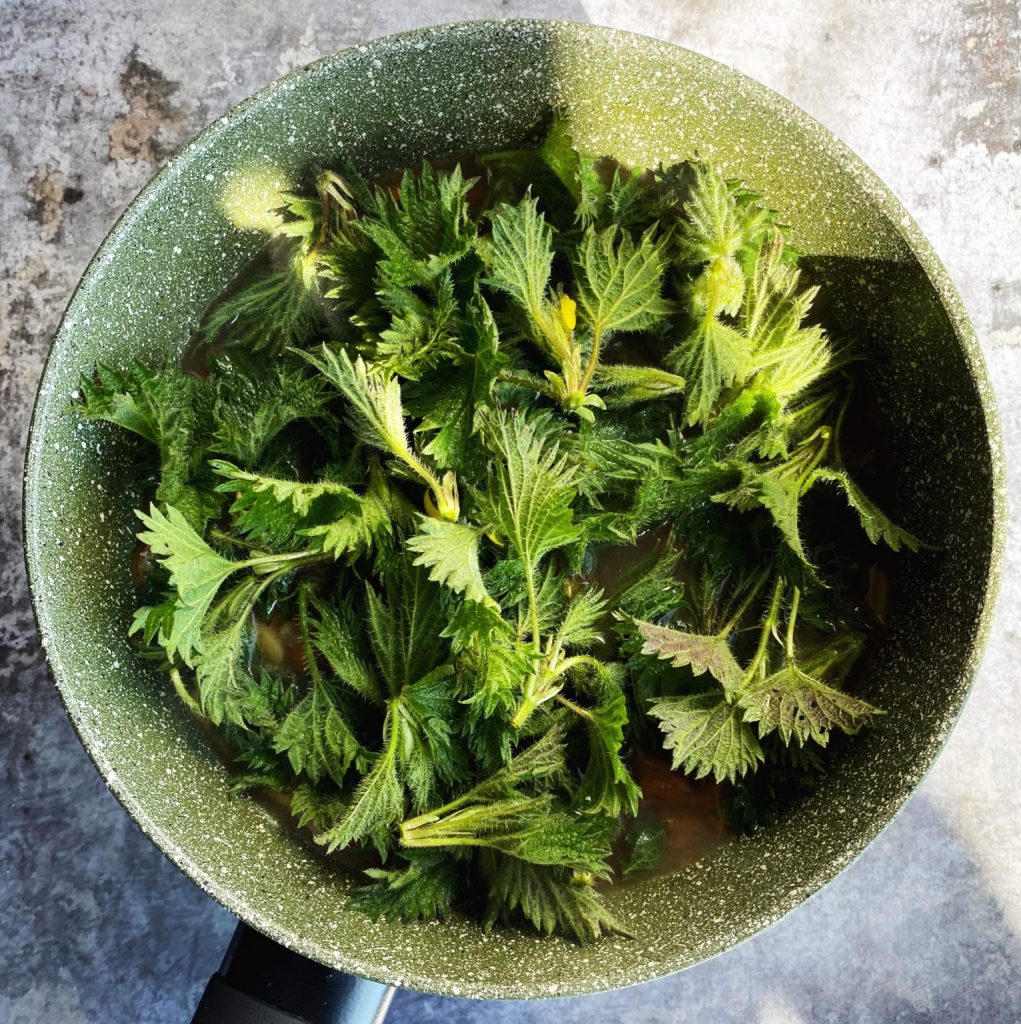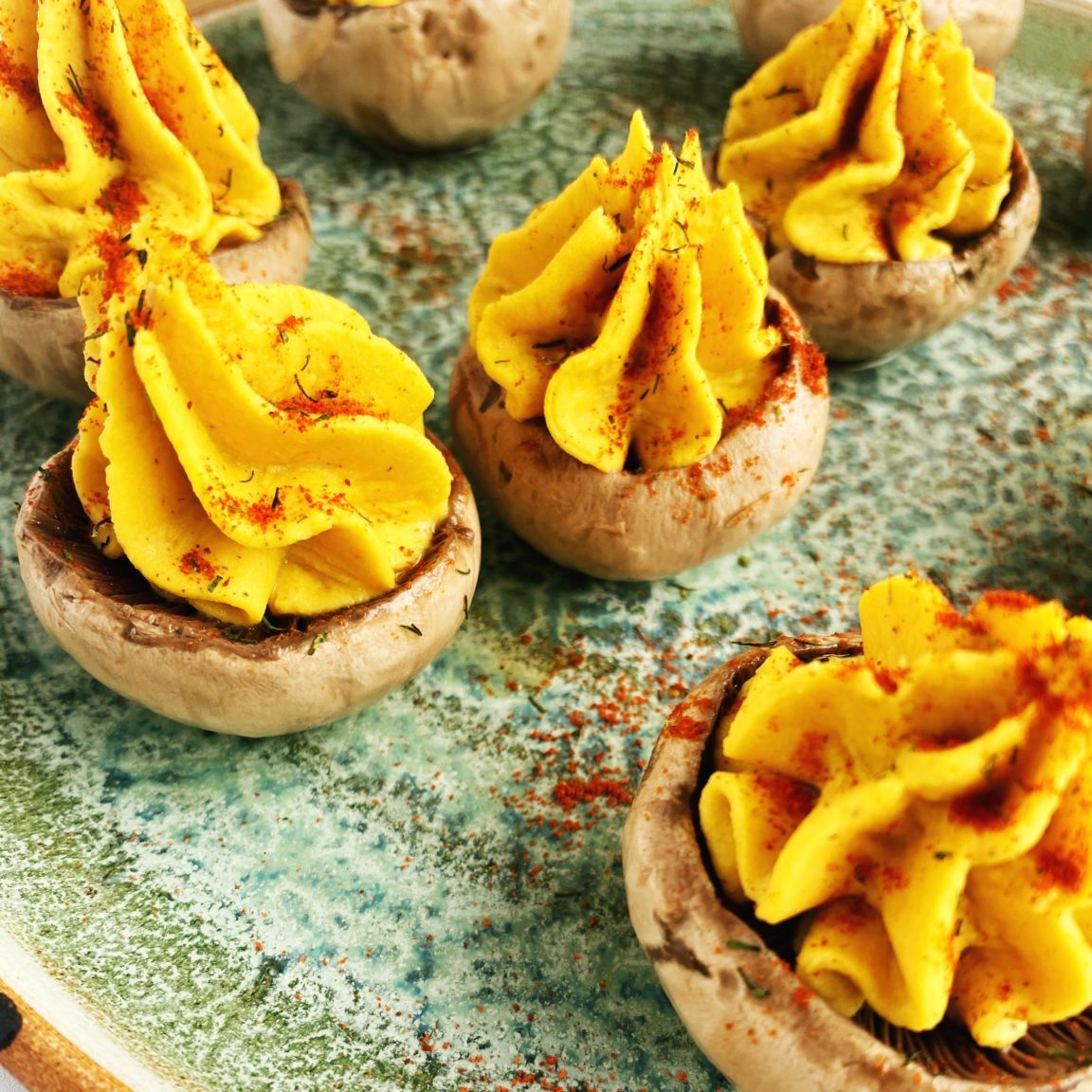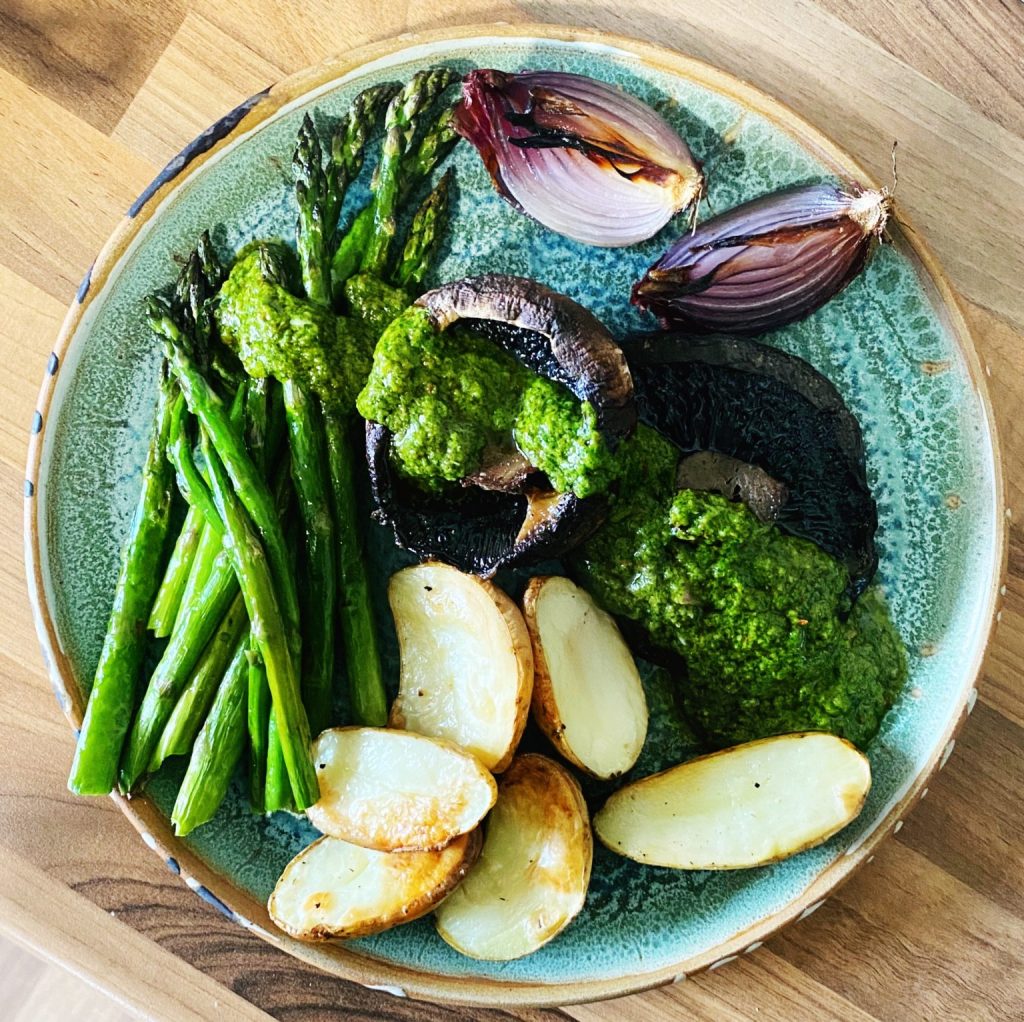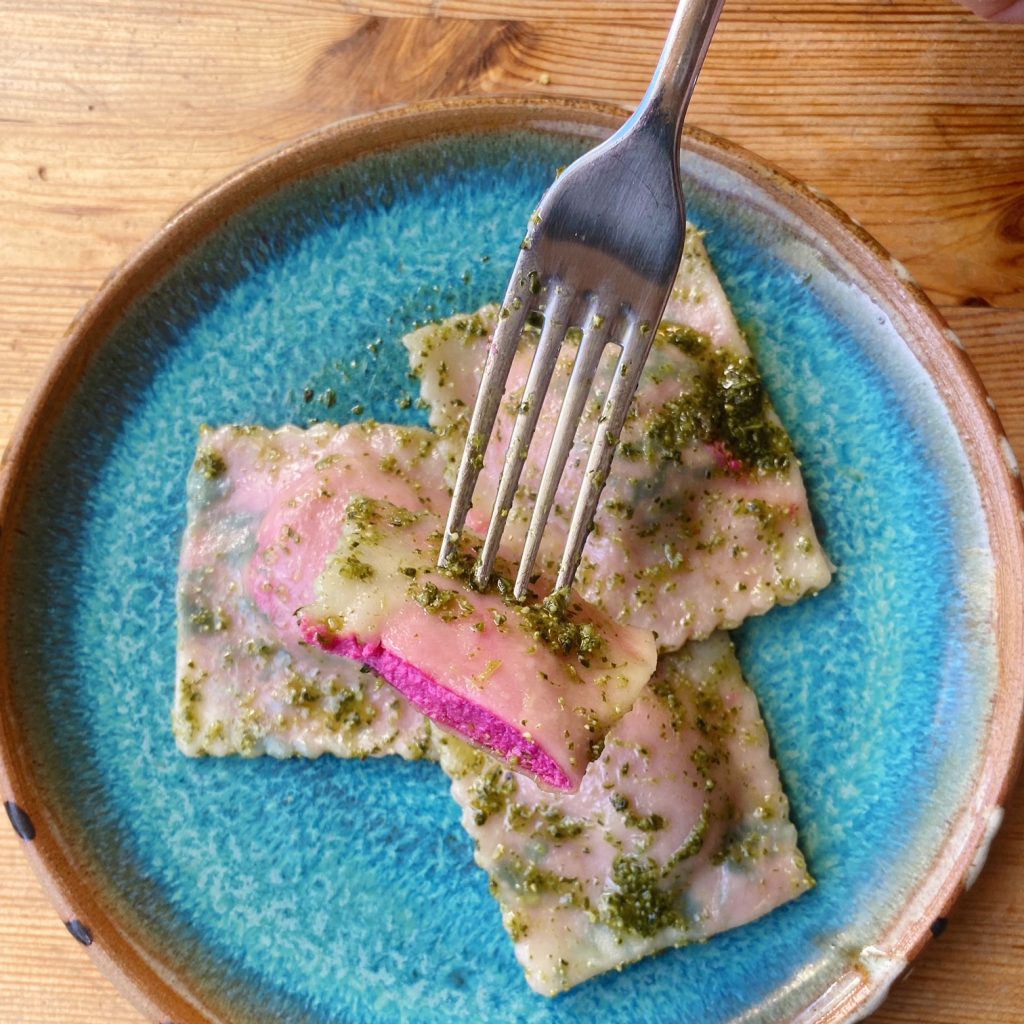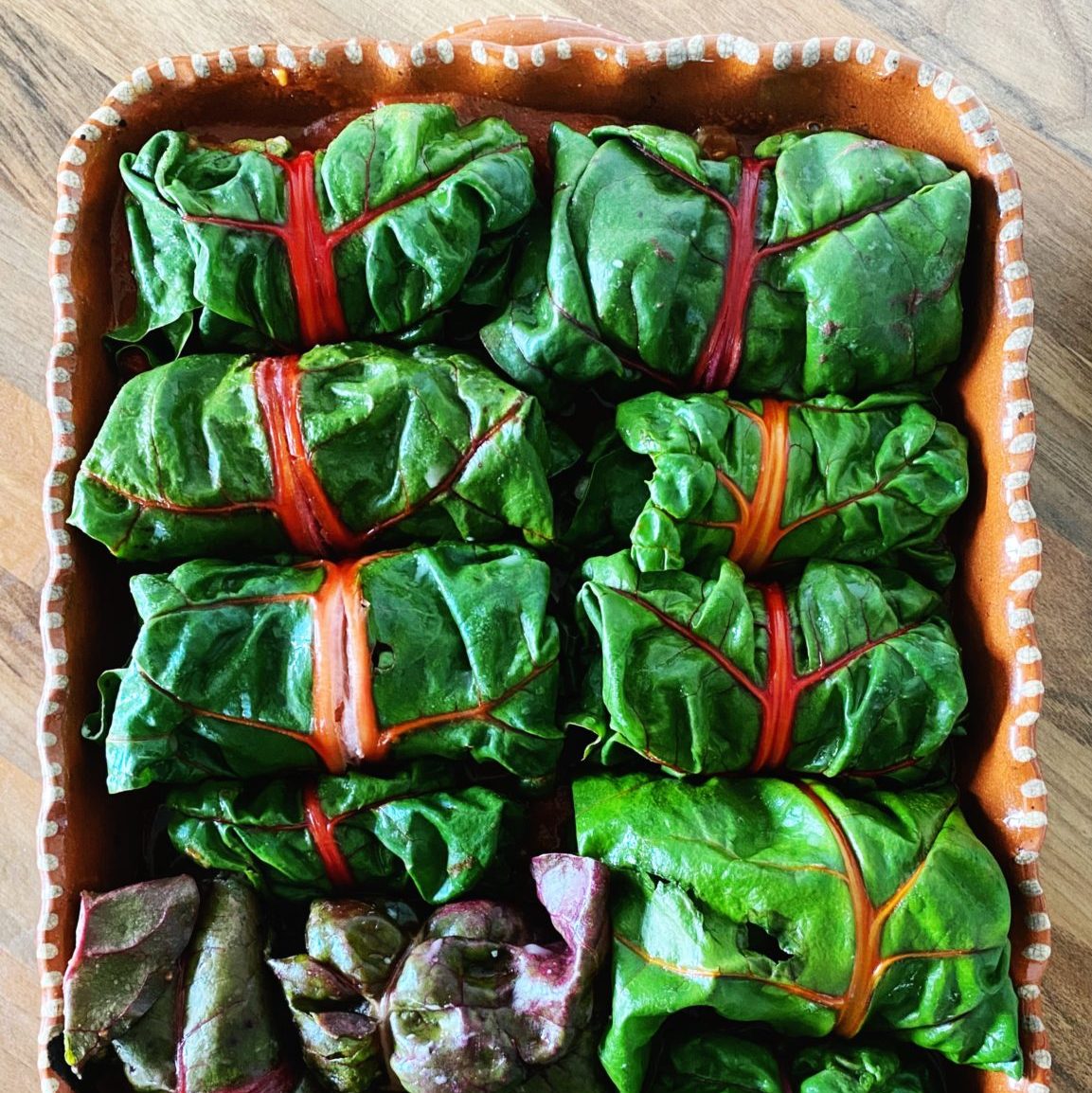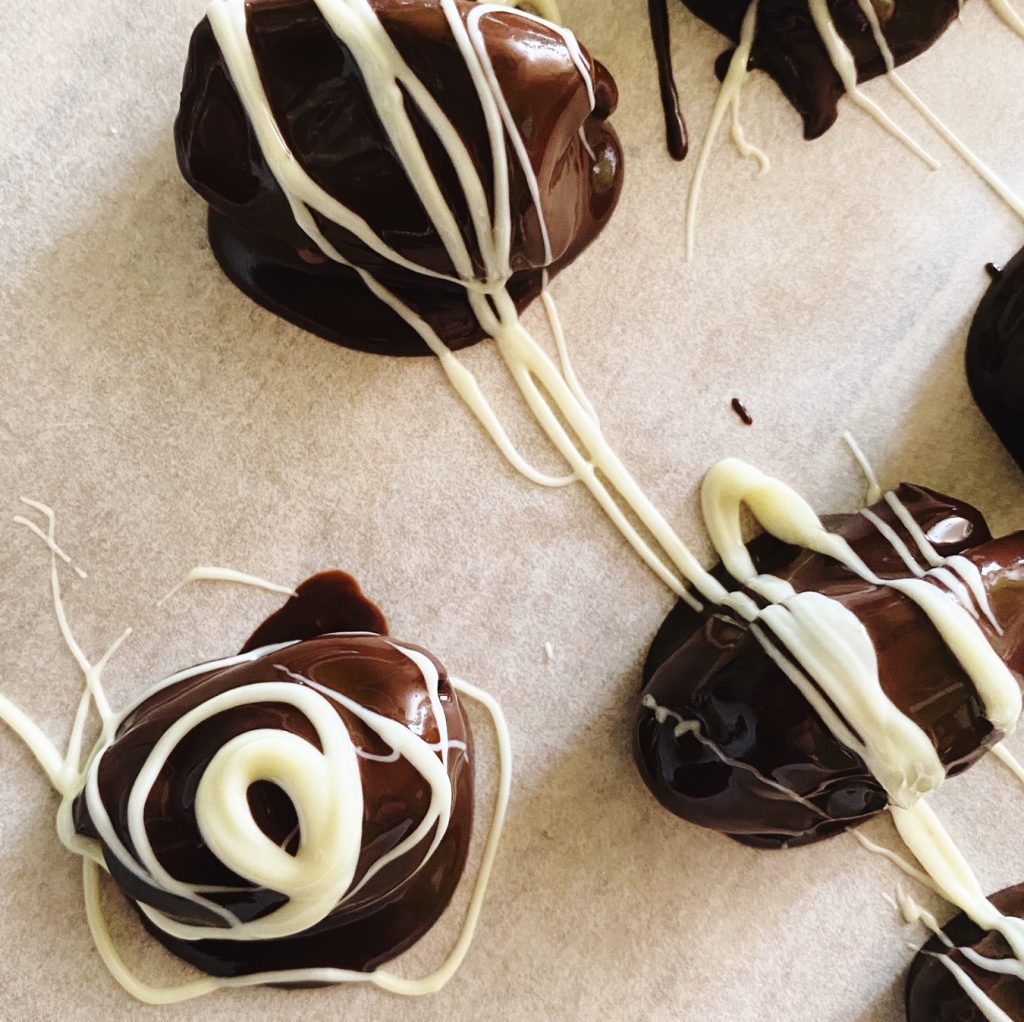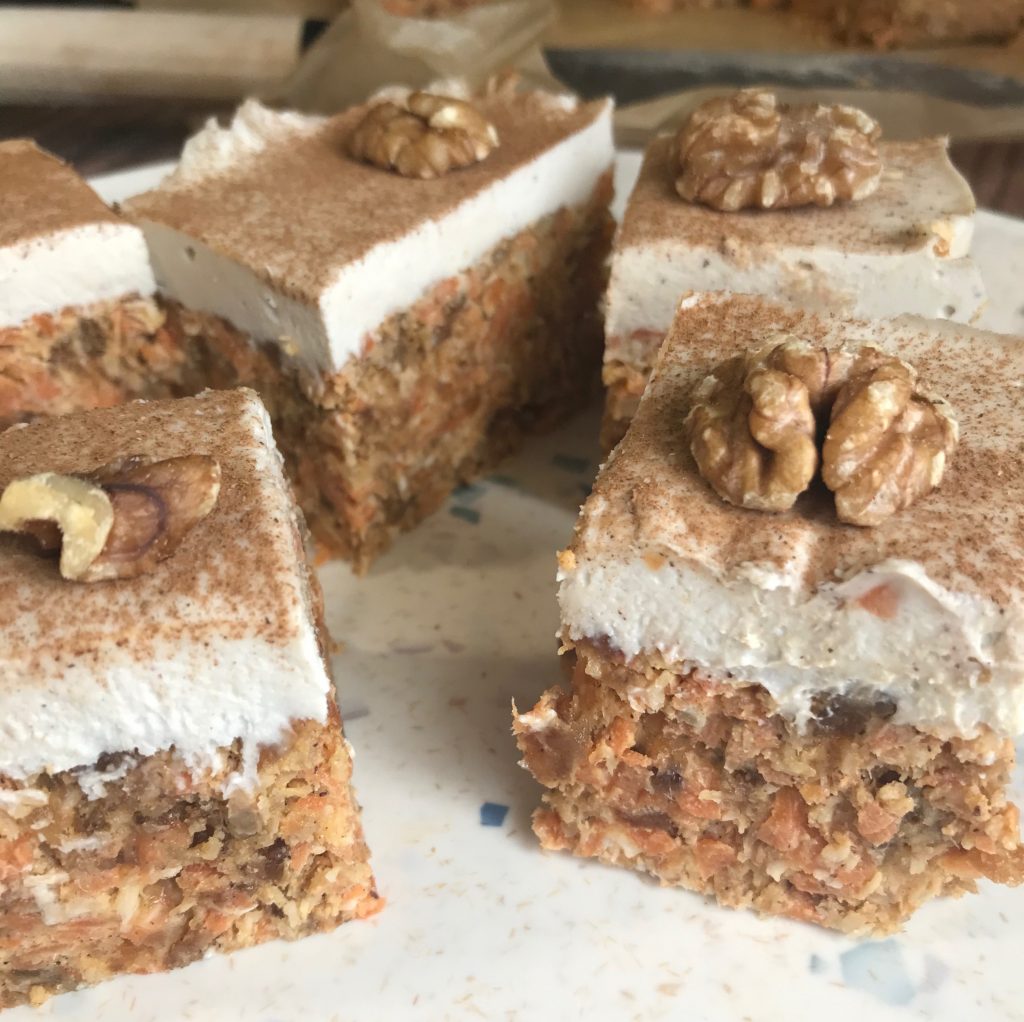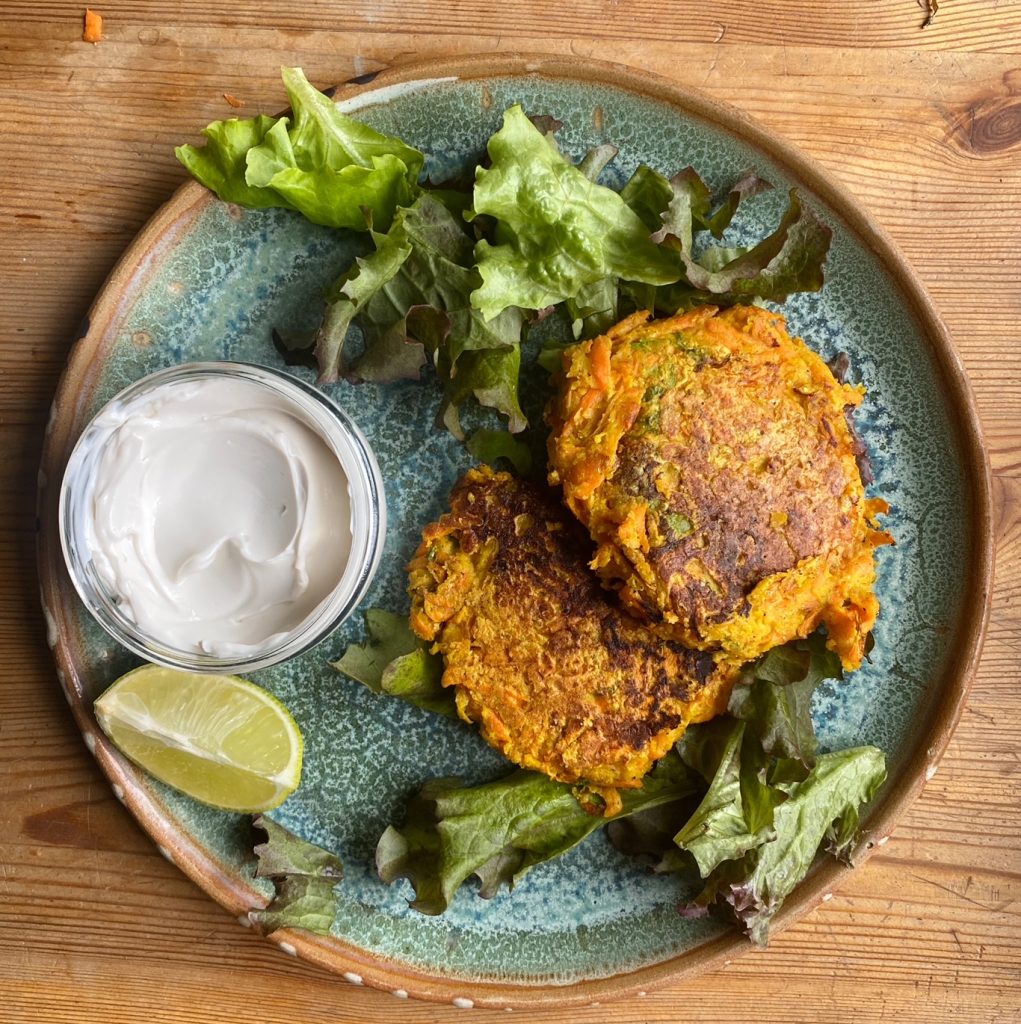
Chickpea flour (aka gram flour) is such a useful store-cupboard ingredient. Have you tried it yet? In Indian cuisine it is used to make savoury pancakes called dosas and to the make the batter for deep fried onion bhajis. At home we love to use it to make nutritious, delicious, protein-rich fritters all year round. Fritters are a great lunch option with a simple salad and a dip, or you can use them as sandwich fillers or burger alternatives. You can really make them your own with different vegetables and herbs/spices. Here’s one of our favourites, carrot and coriander.
Liz x
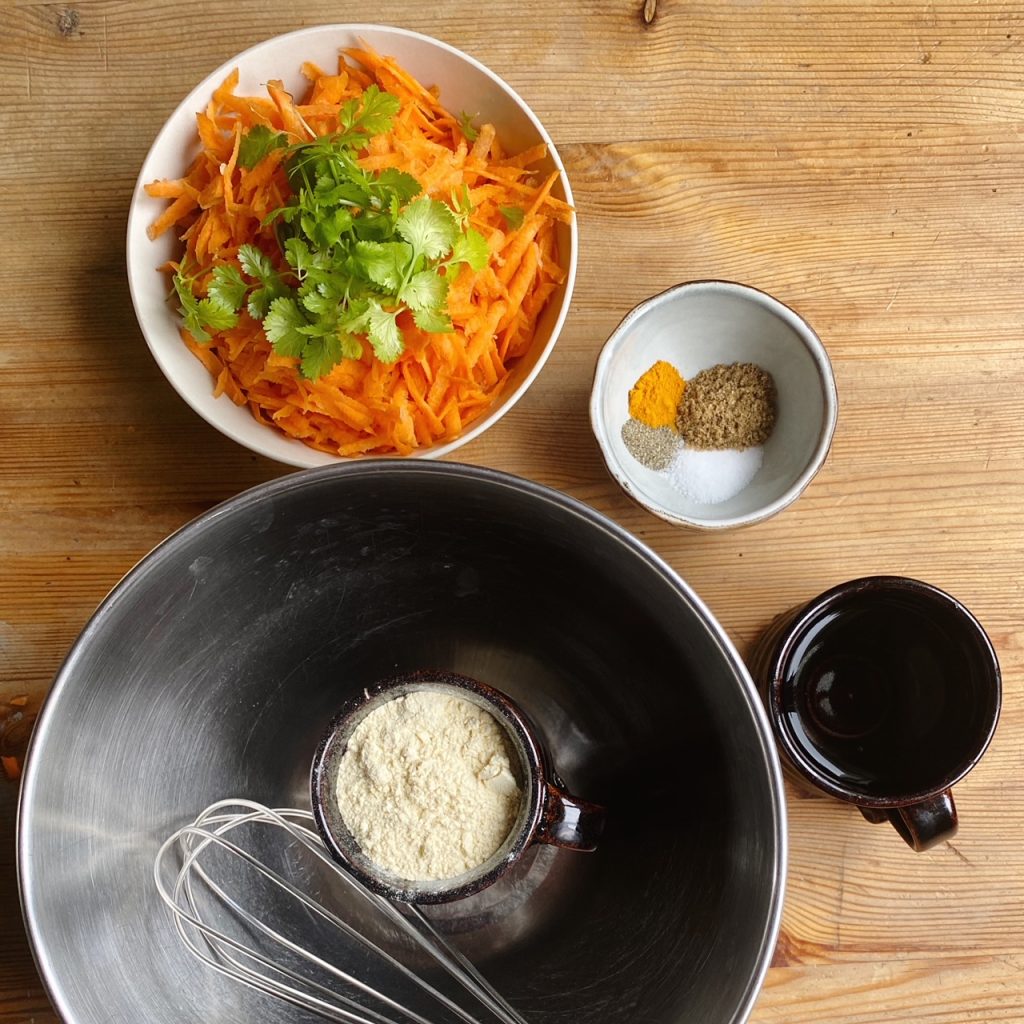
Ingredients (serves 2)
- 1 espresso mug of chickpea flour (around 8 tbsp)
- 1 espresso mug of water
- 1/2 tsp salt
- 1/2 tsp pepper
- 1/4 tsp turmeric
- 1 tsp ground coriander
- 2 grated carrots
- a handful of fresh coriander
- around 2 tbsp vegetable oil for frying
- natural yogurt, lime wedges and salad leaves to serve
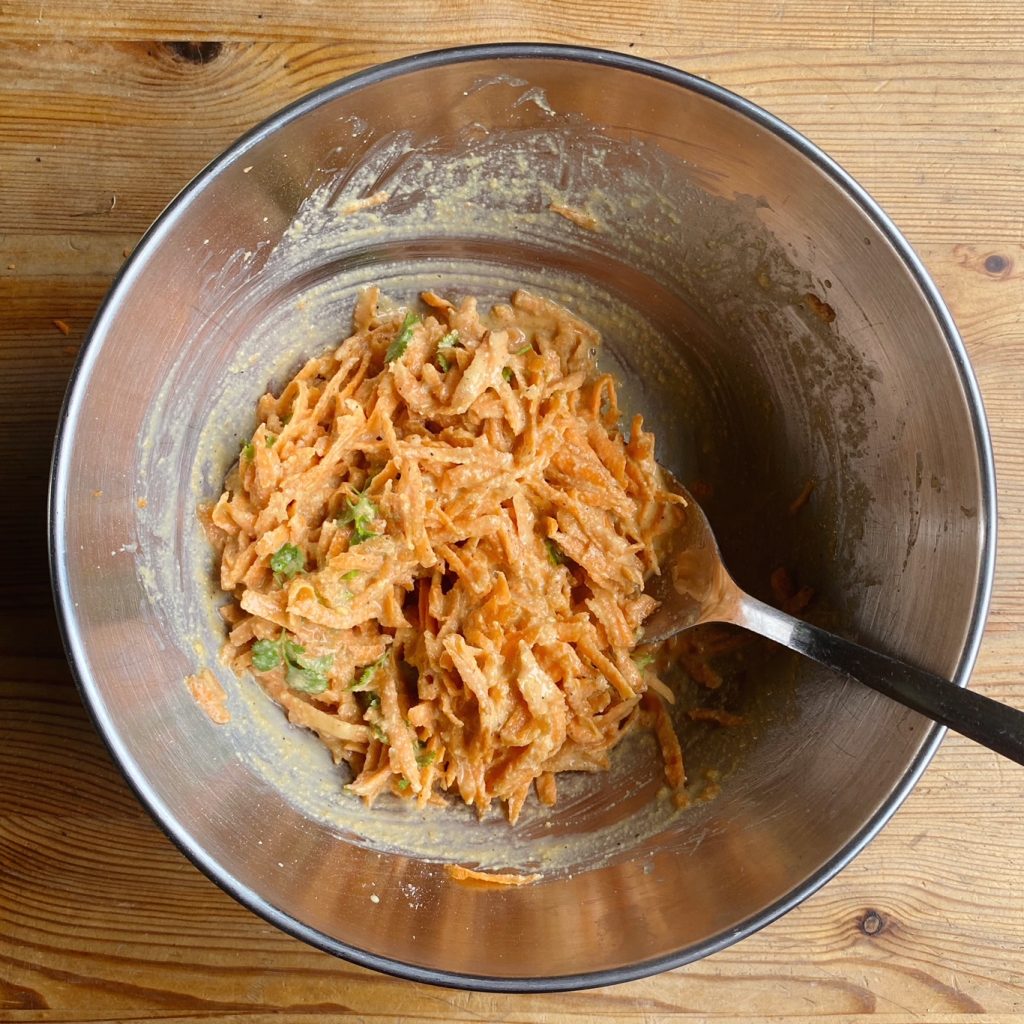
Method
- Start with the batter. In a mixing bowl, whisk together the chickpea flour, seasoning and water into a smooth batter.
- Grate the carrots and add them to the batter along with the coriander leaves. Stir well to coat the veggies in the batter.
- Heat a frying pan to medium with the vegetable oil. Make sure your pan is not too hot, chickpea flour batter can taste a little bitter if it is not cooked through so you want to cook it slowly so it’s not burned on the outside and raw in the middle.
- Dollop the batter into the pan in four even scoops. Fry the fritters for 5 minutes or so on each side or until they are golden brown on the outside and firmed up and hot inside.
- Then serve with salad, natural yoghurt and a good squeeze of lime.

